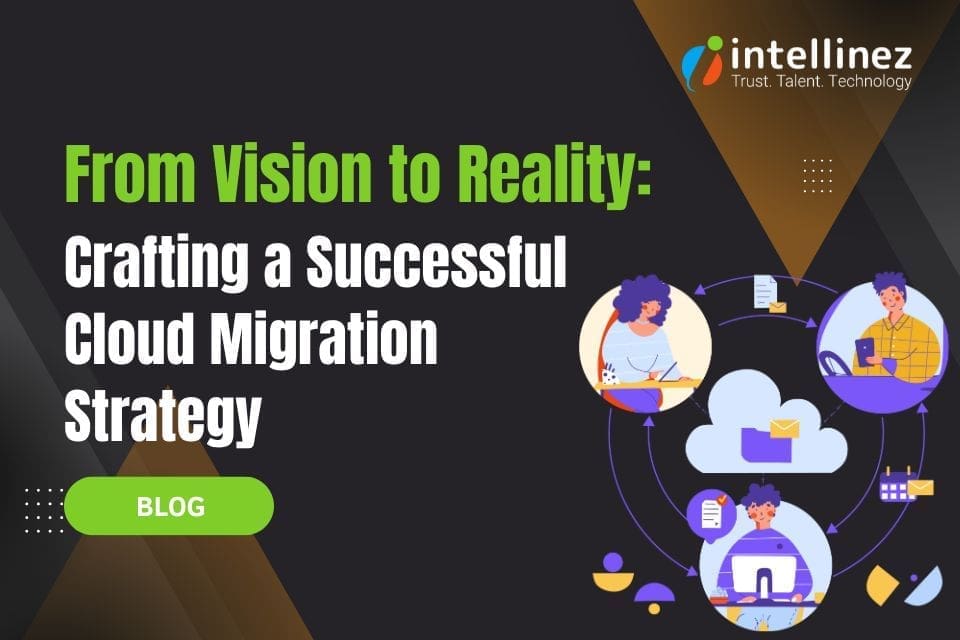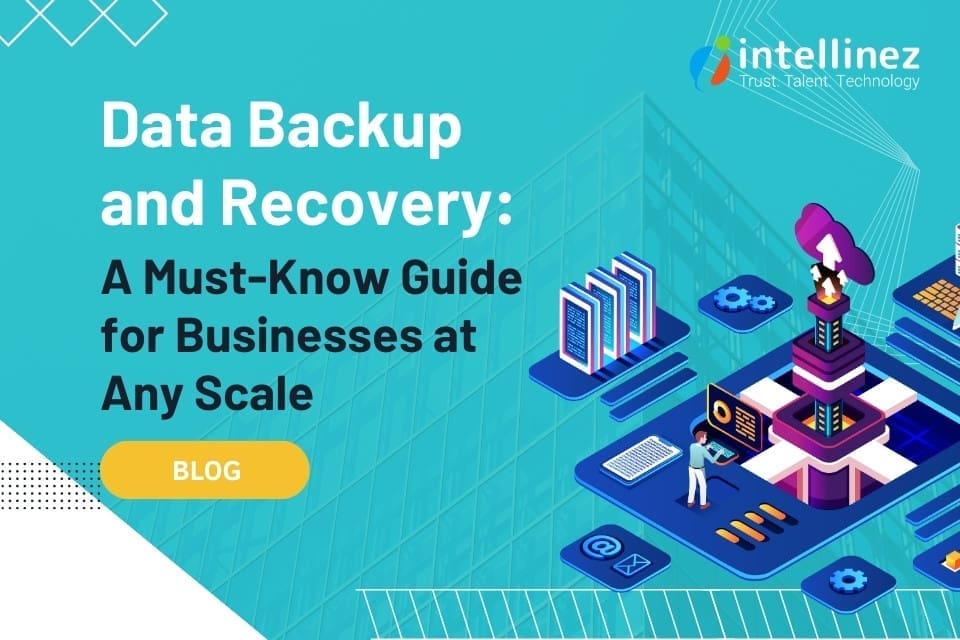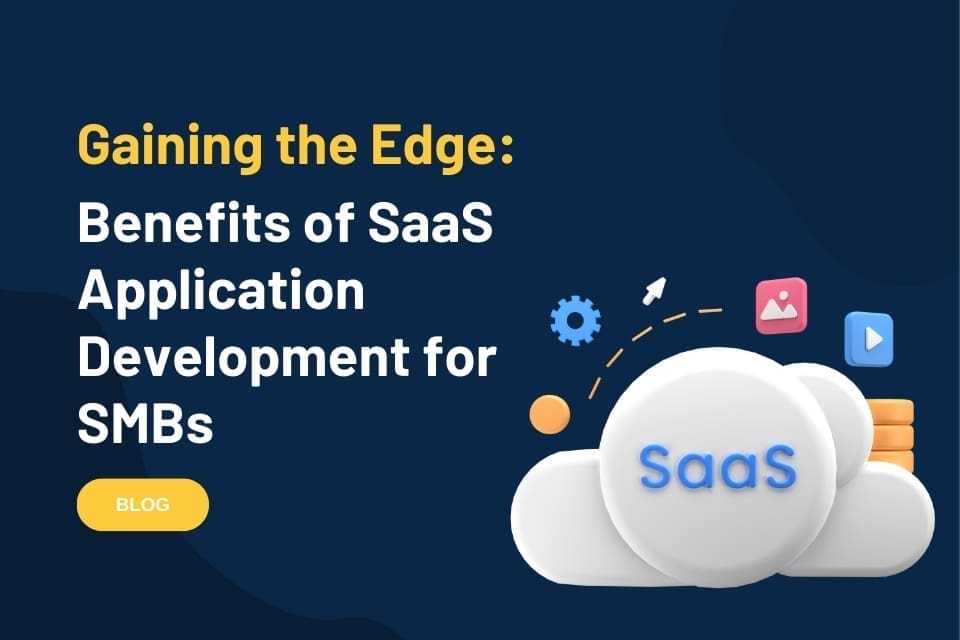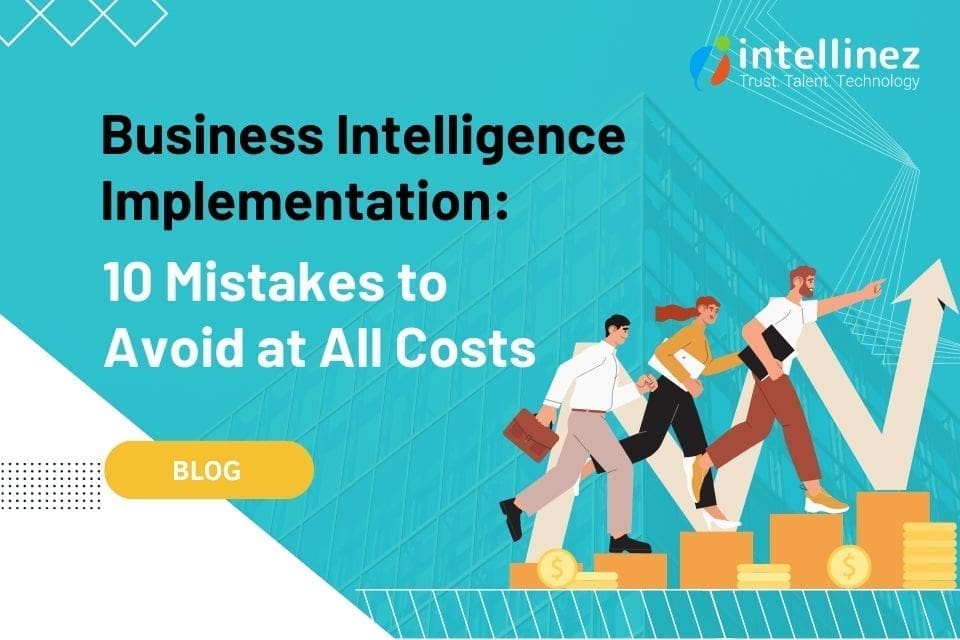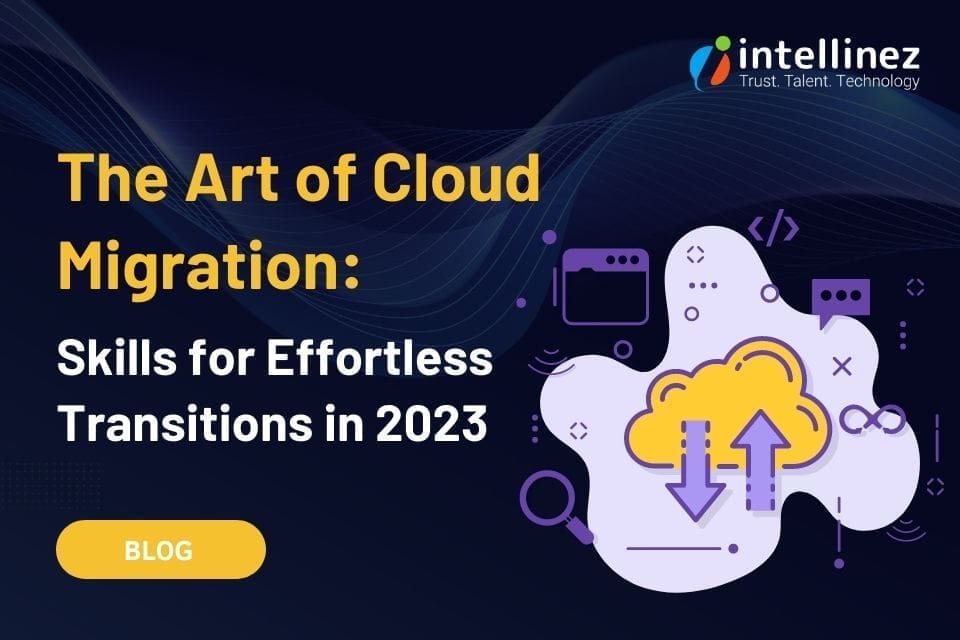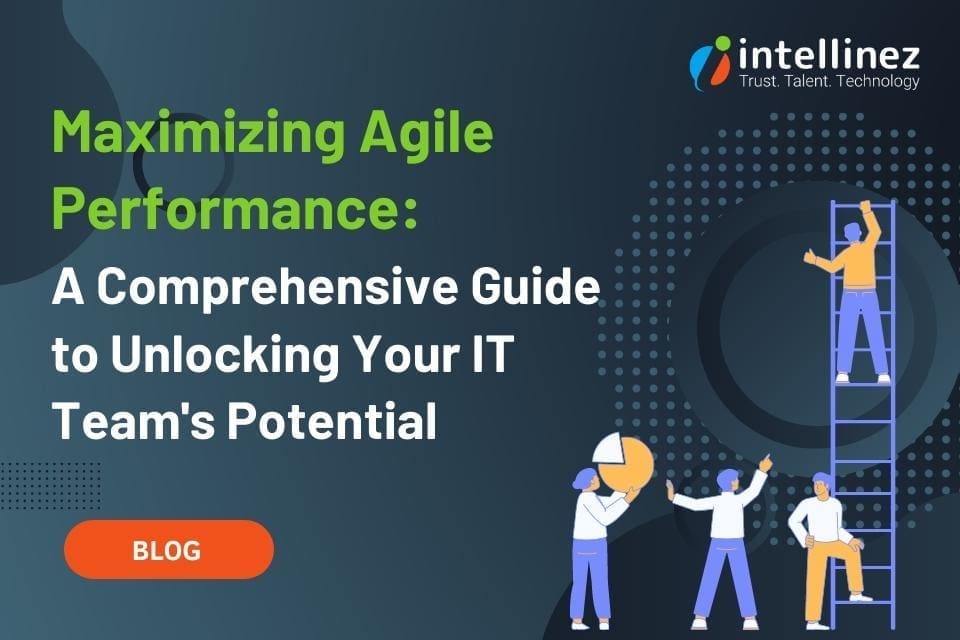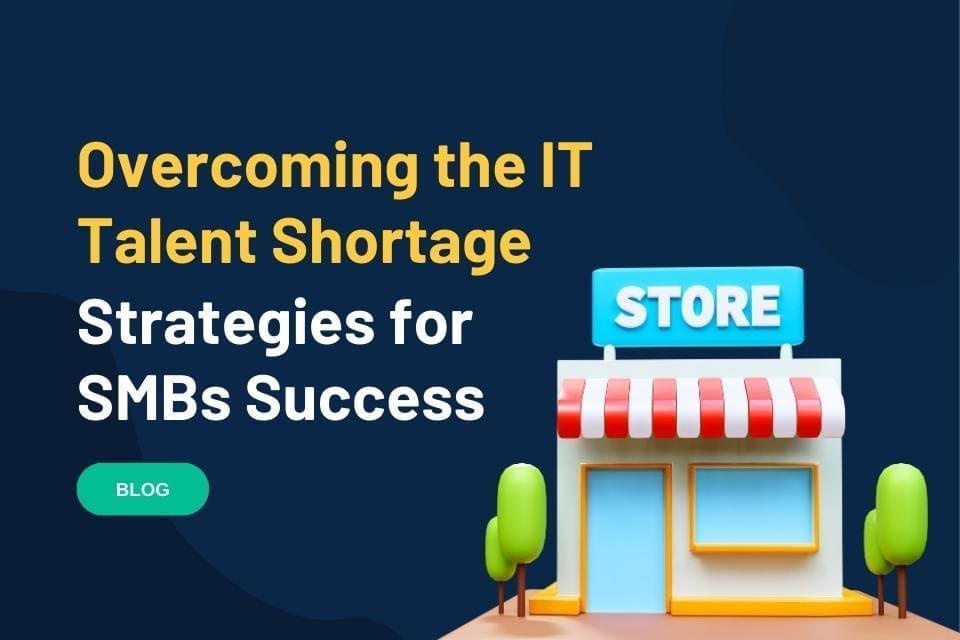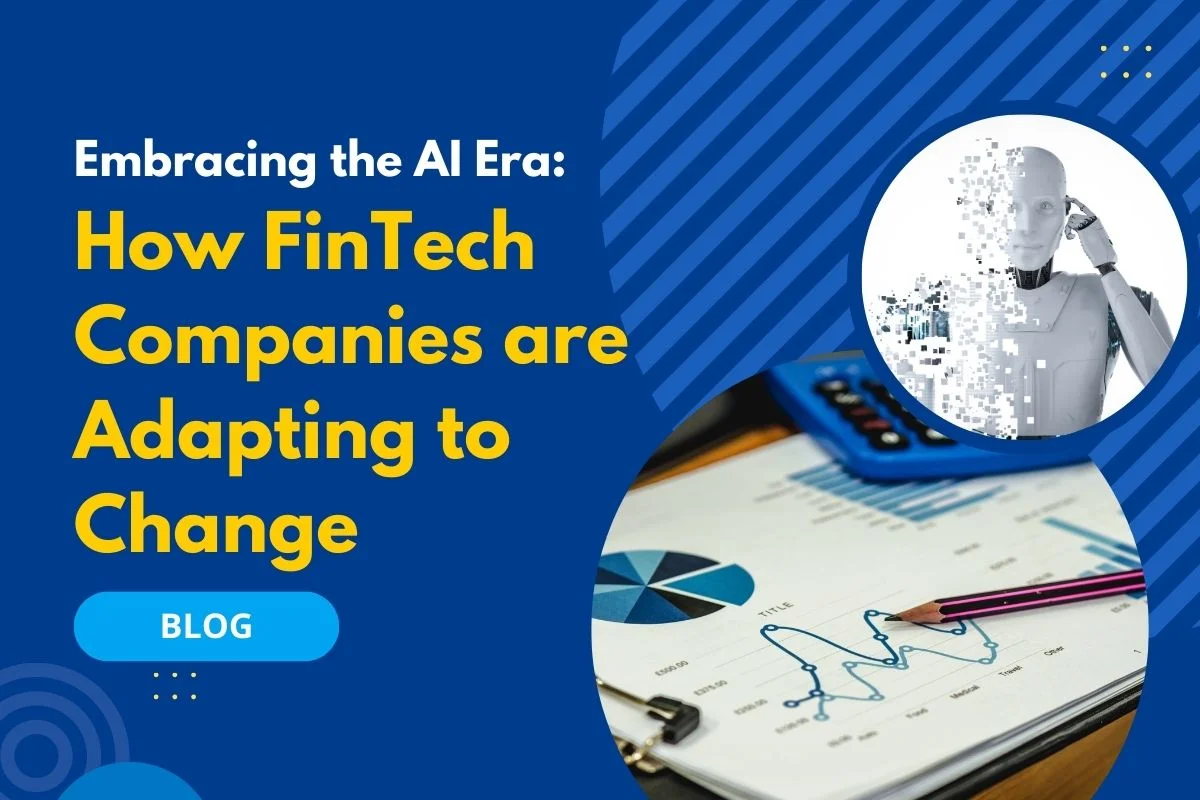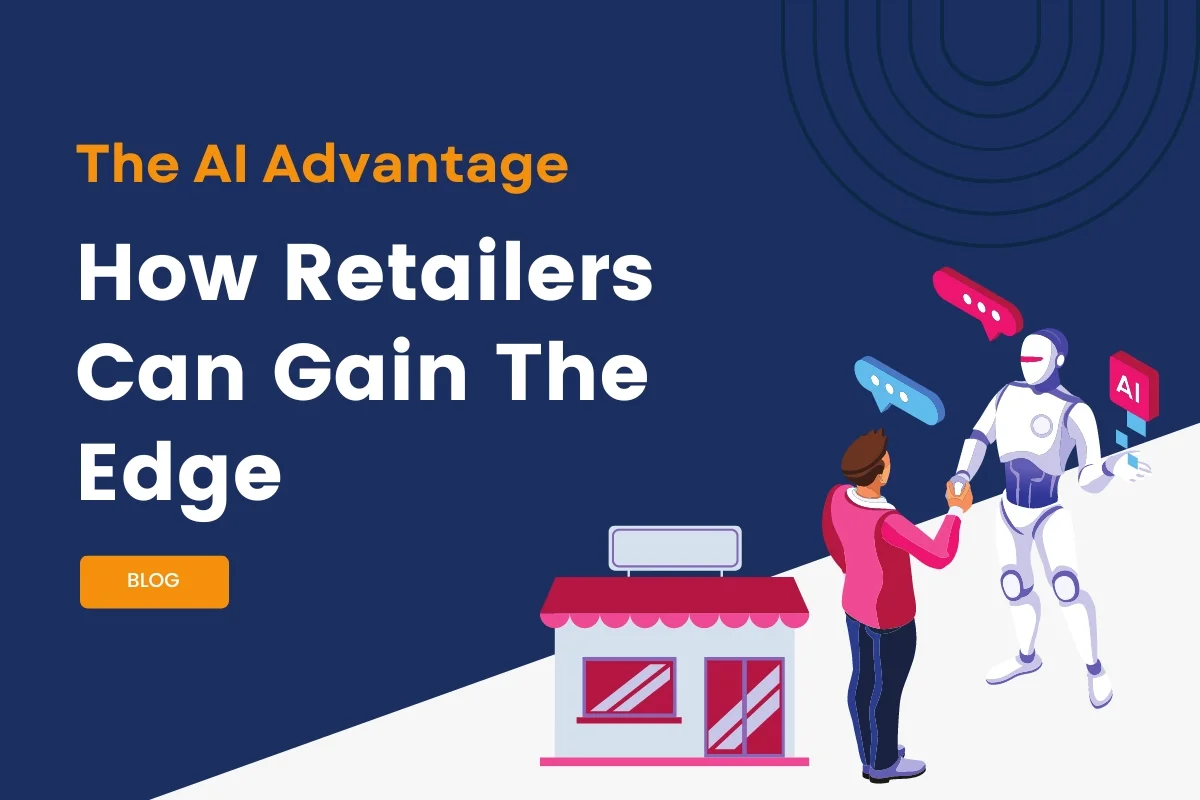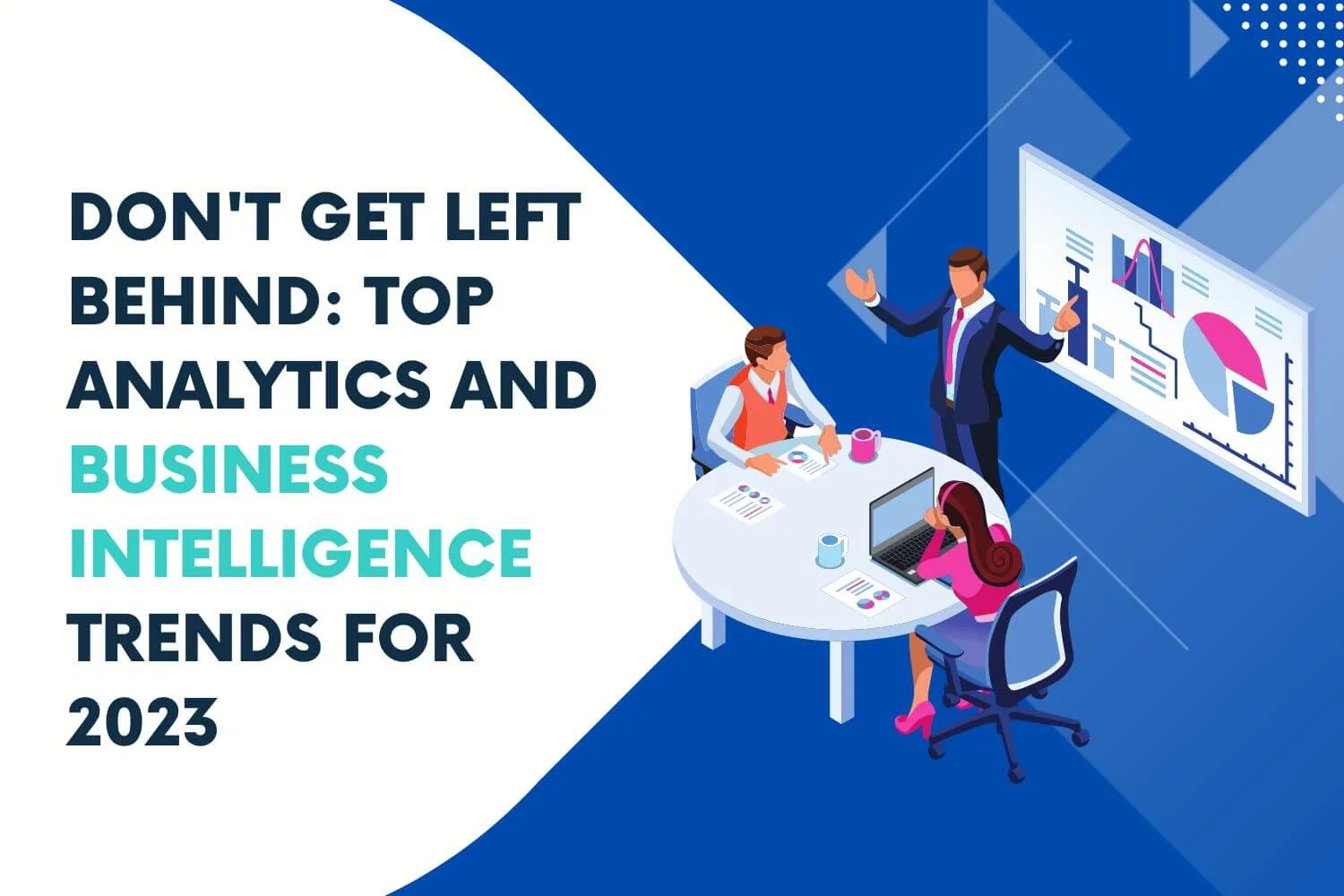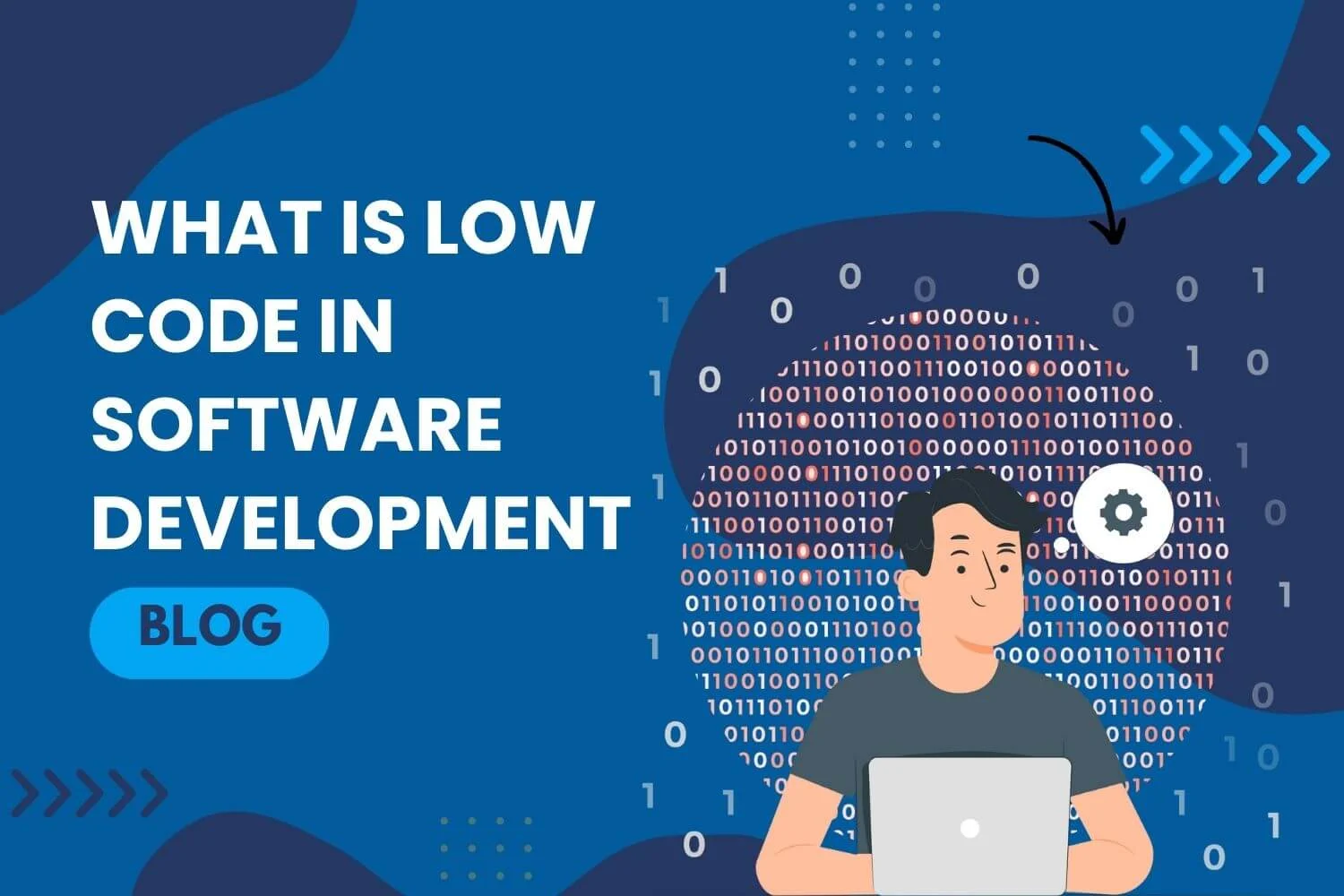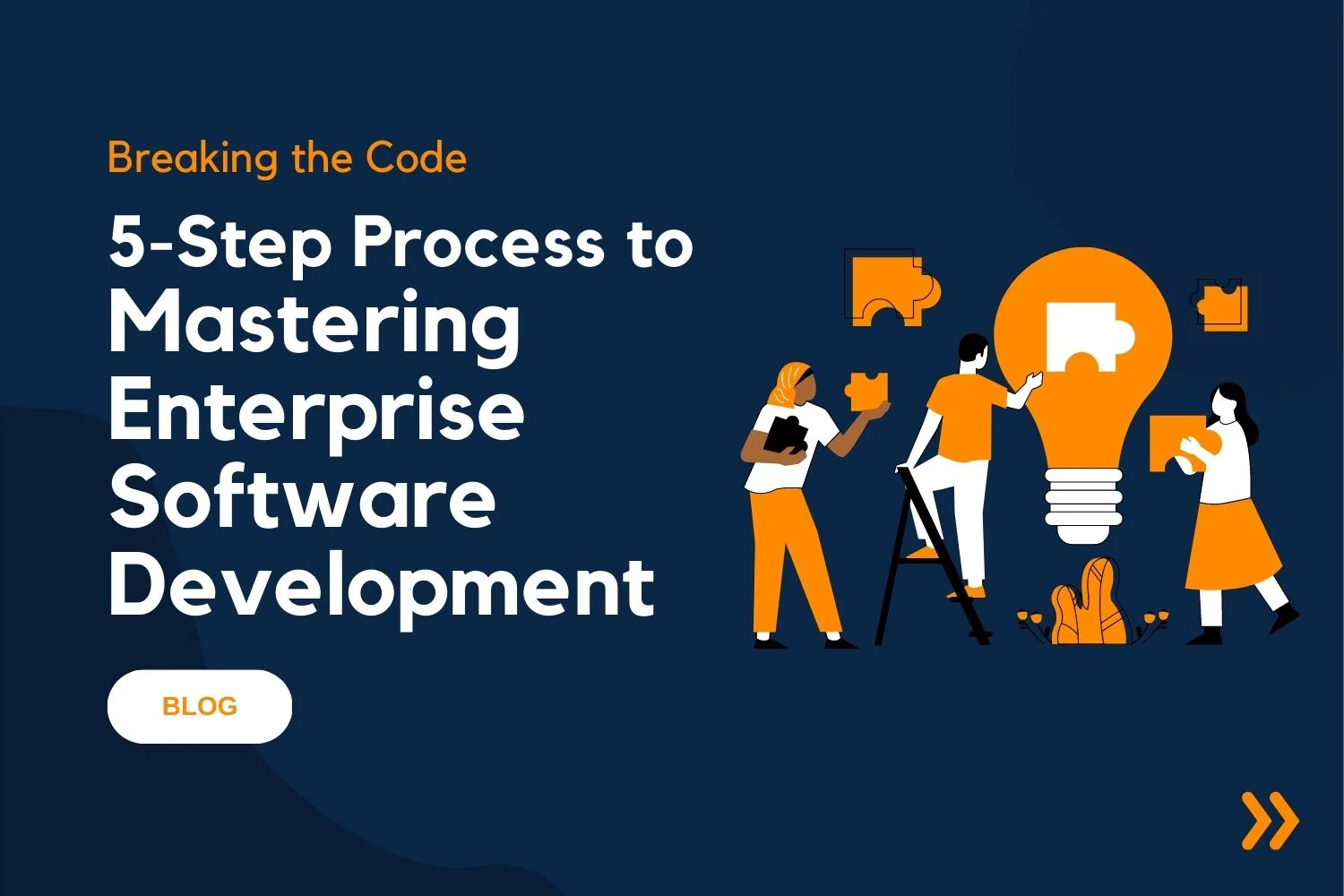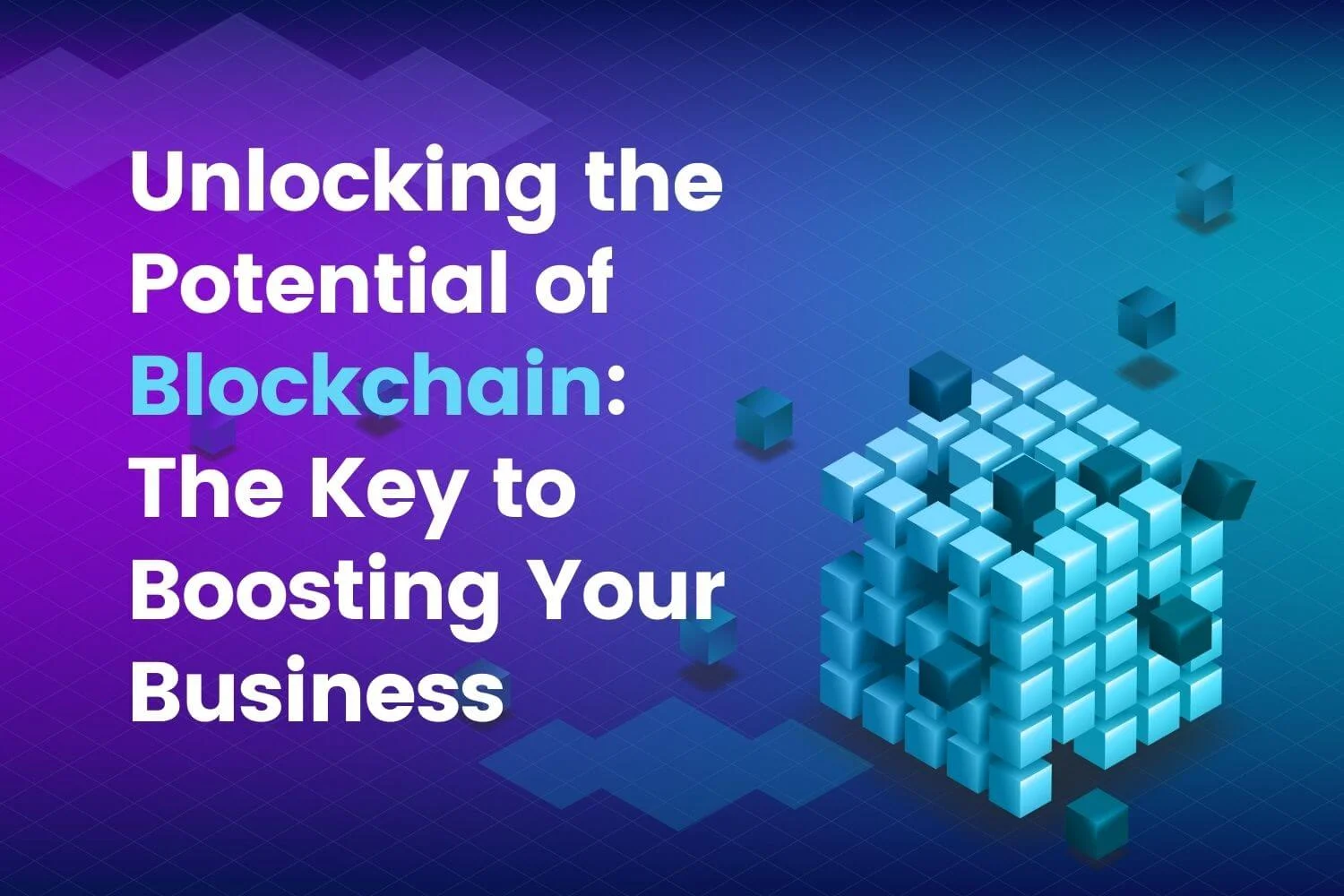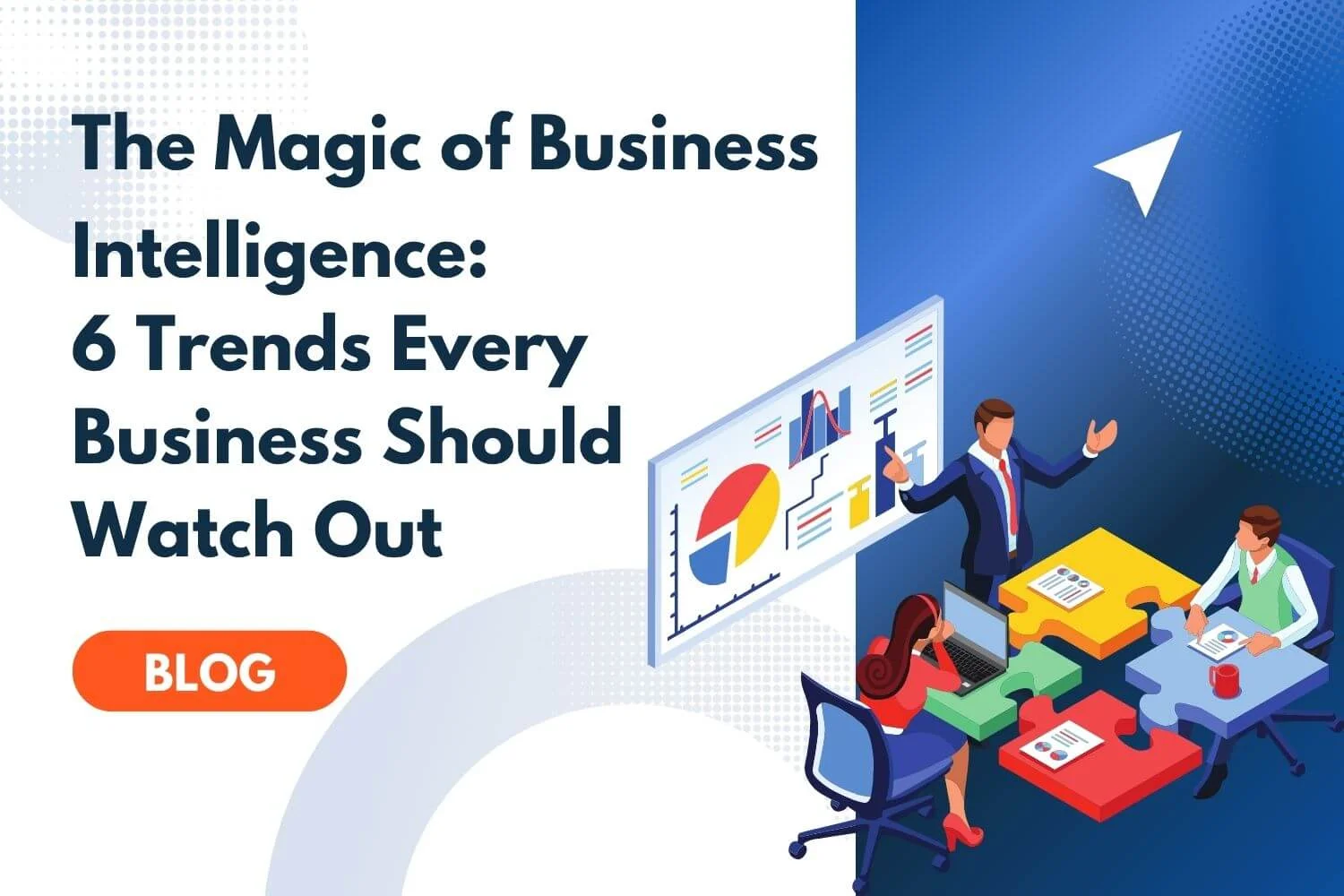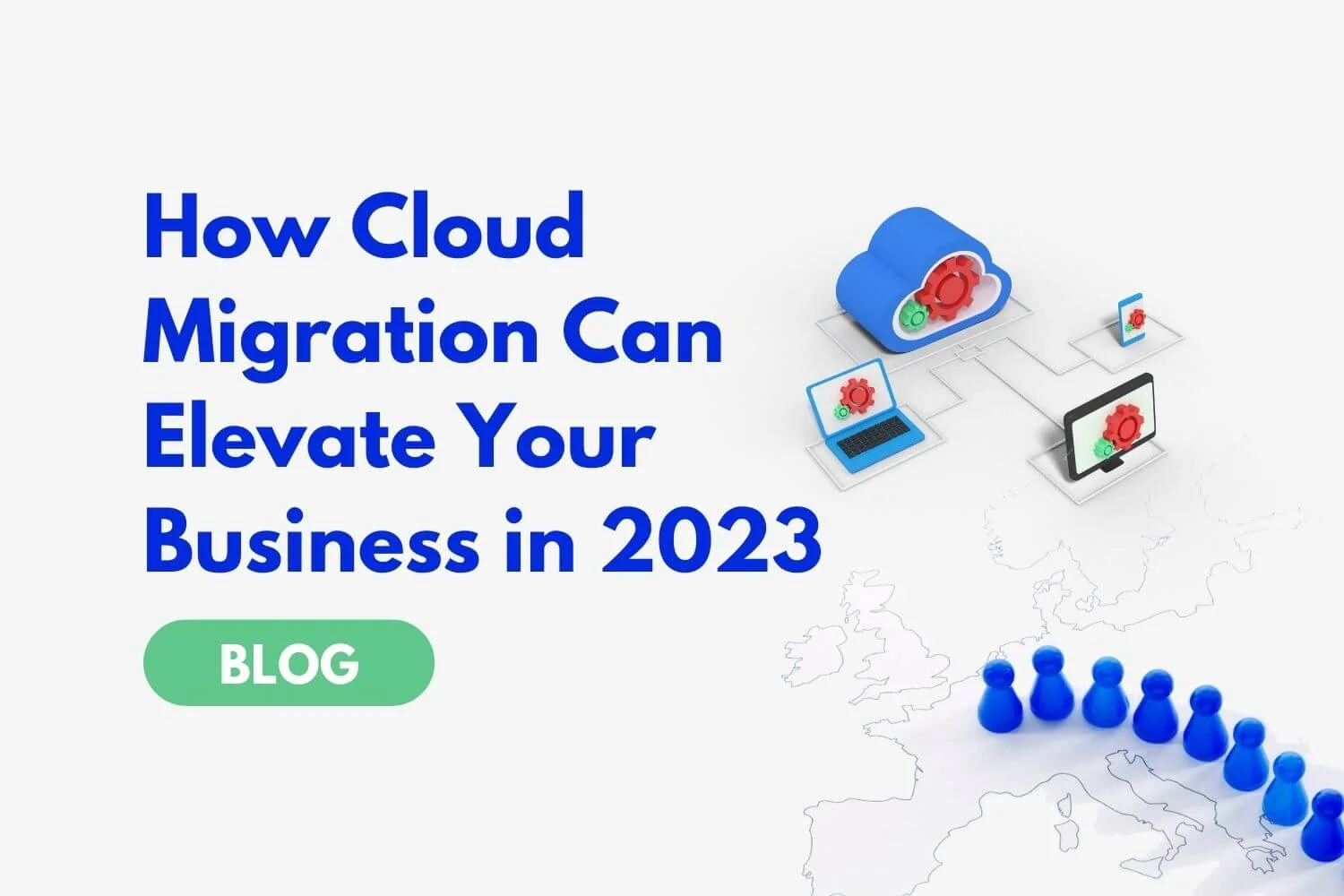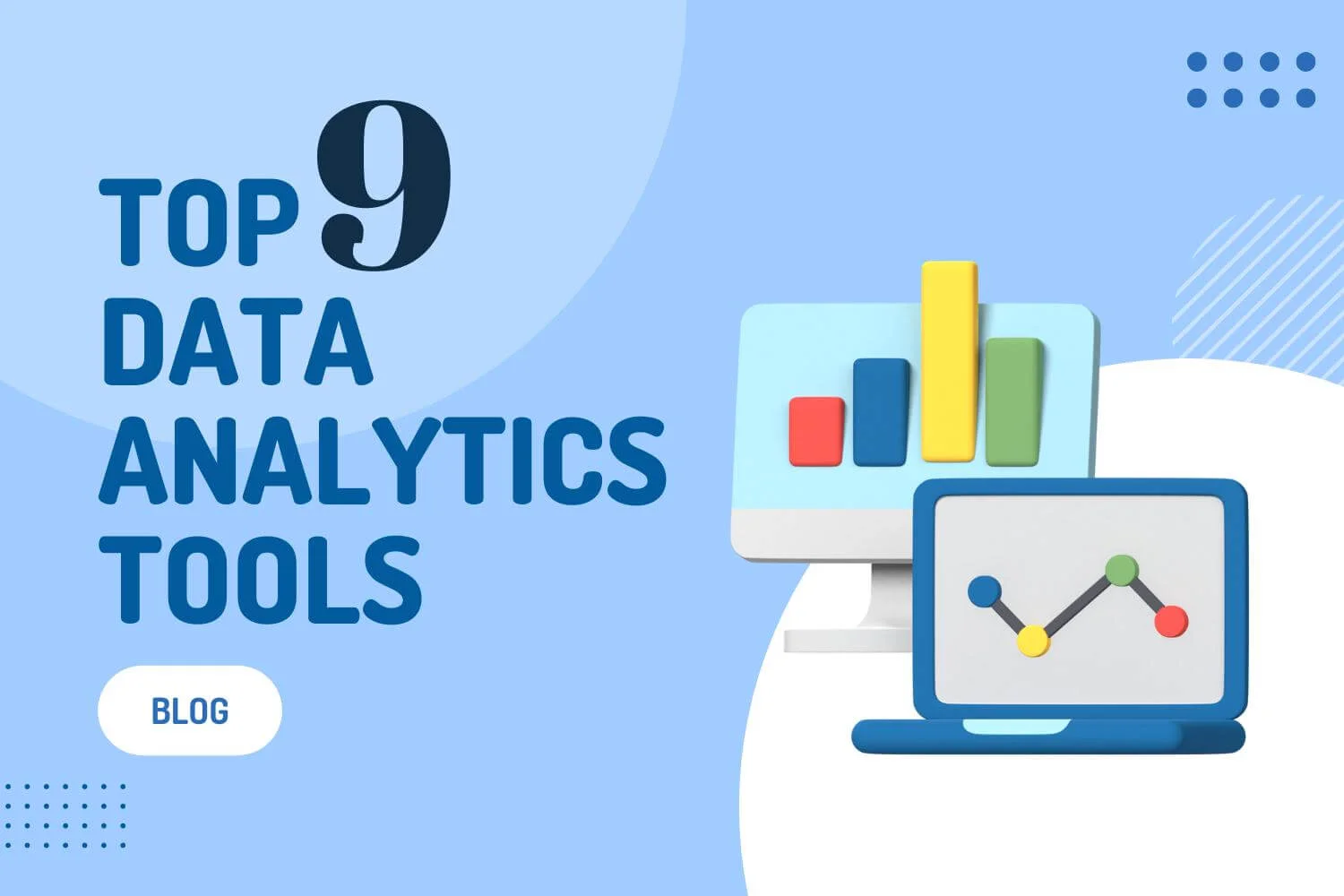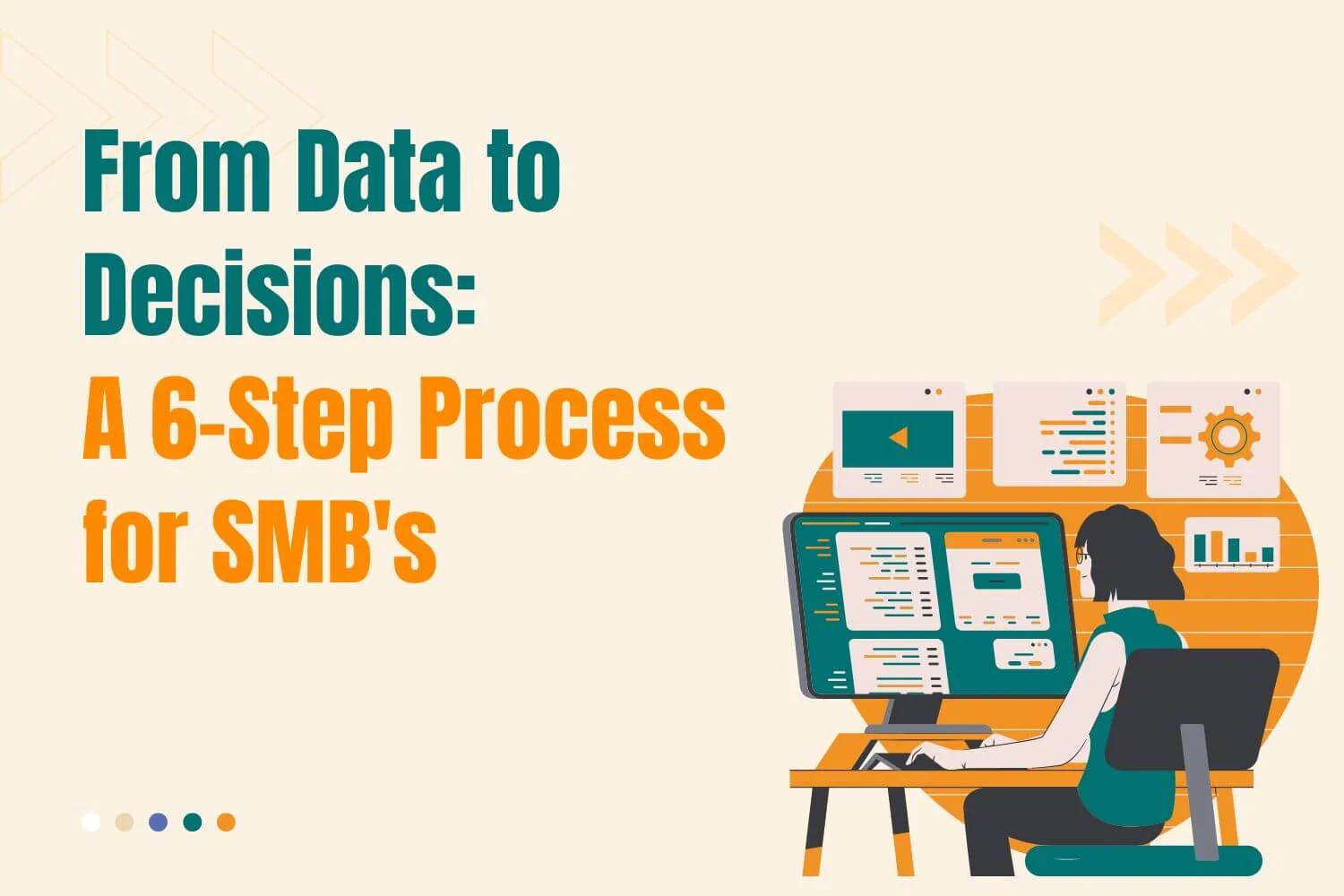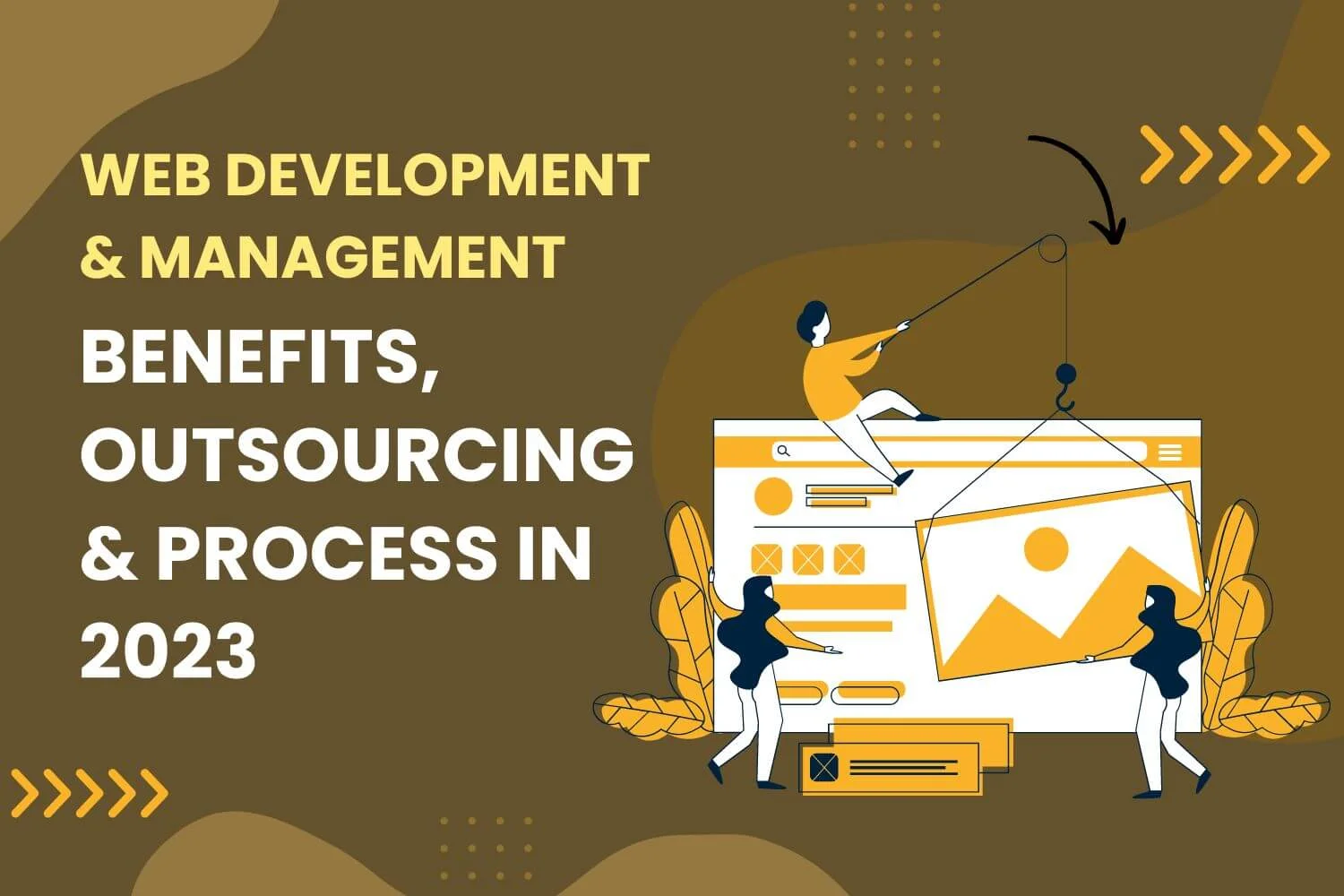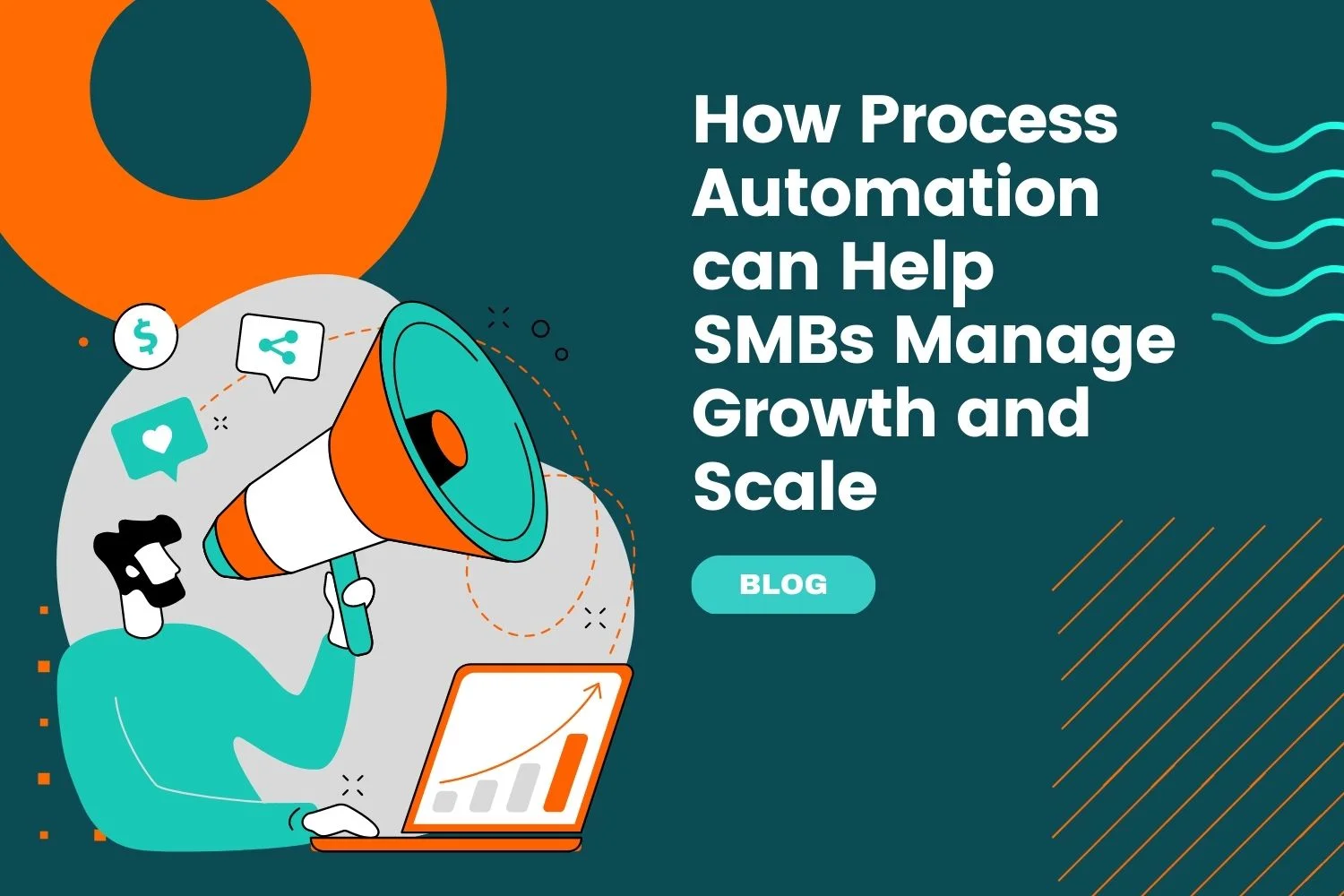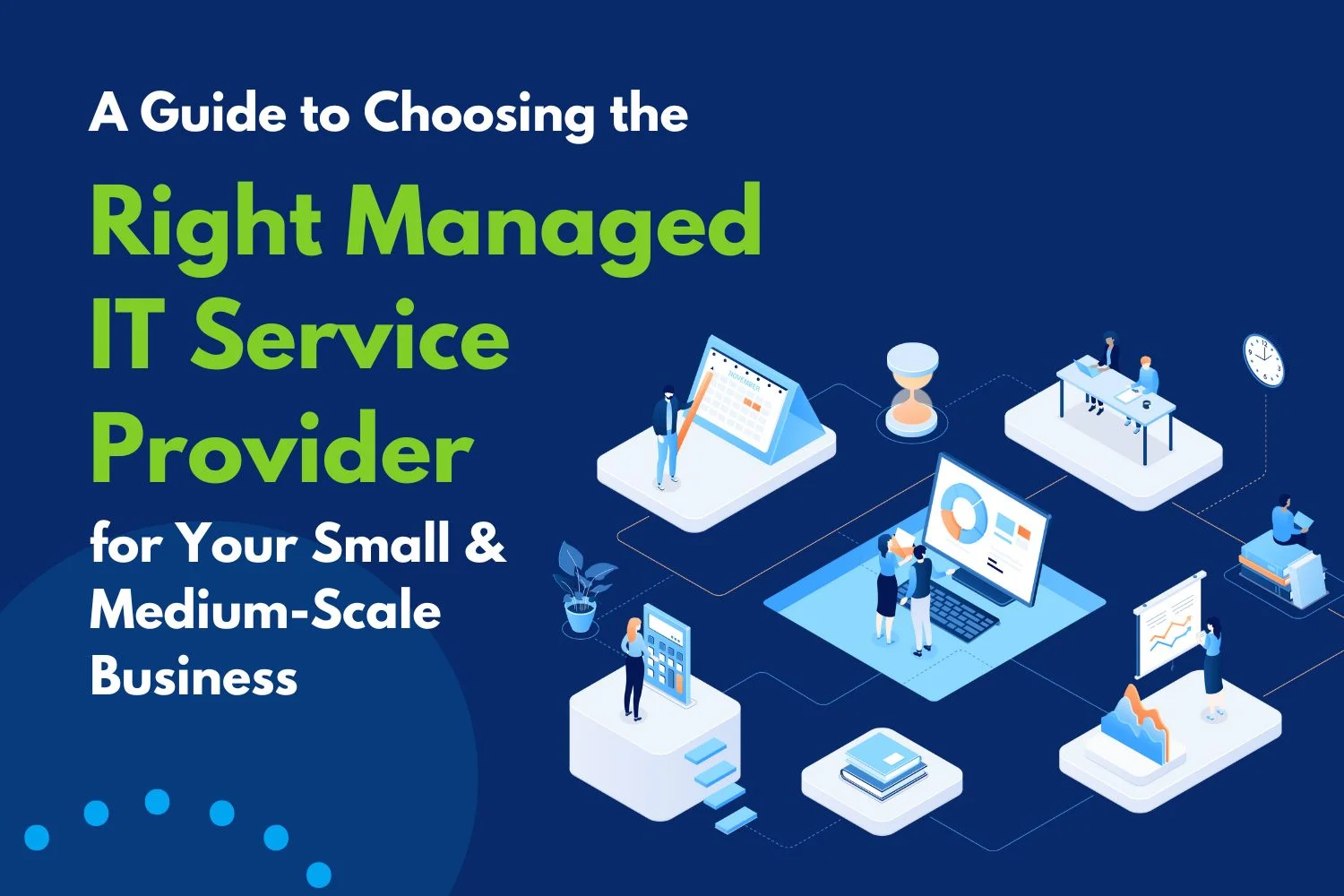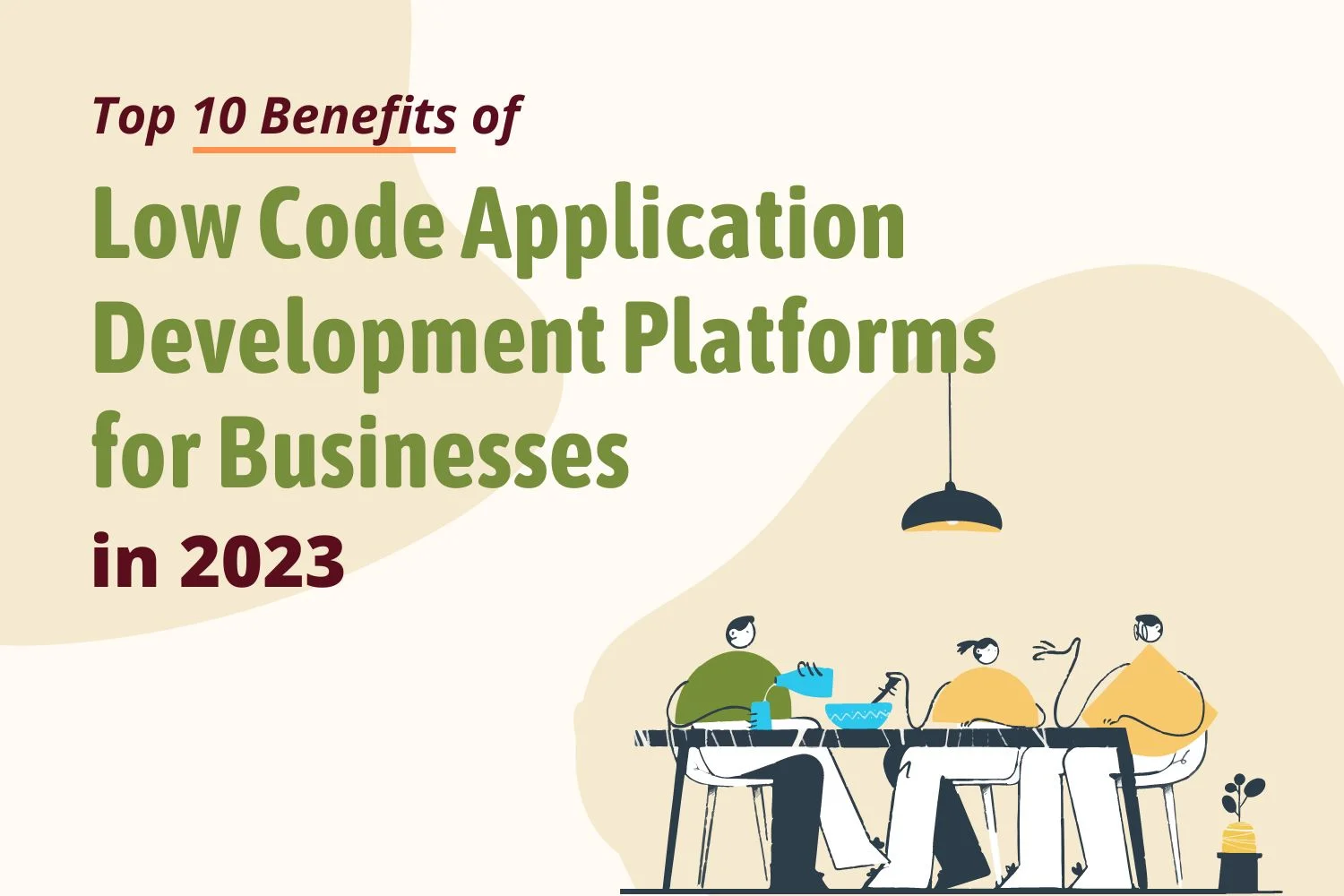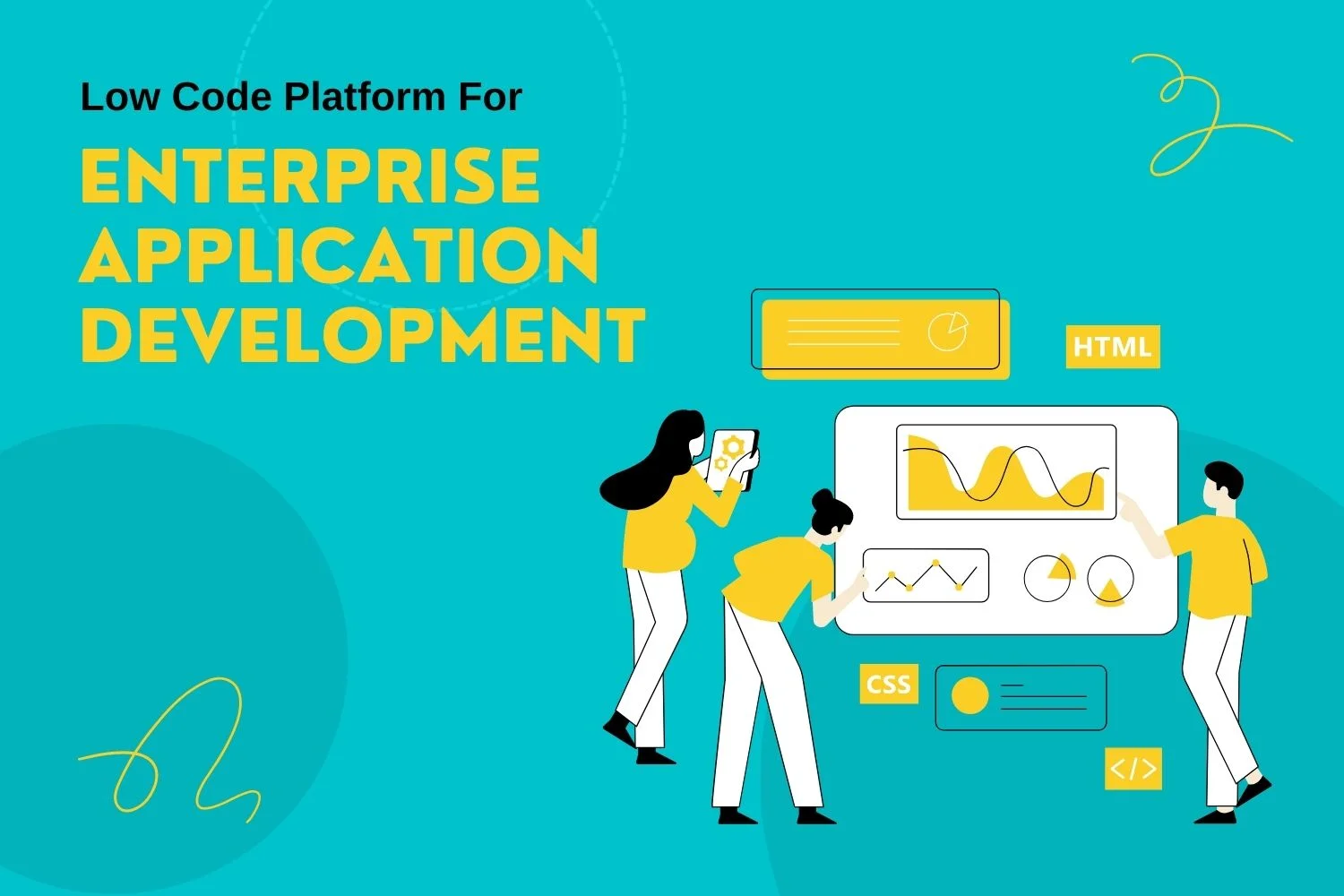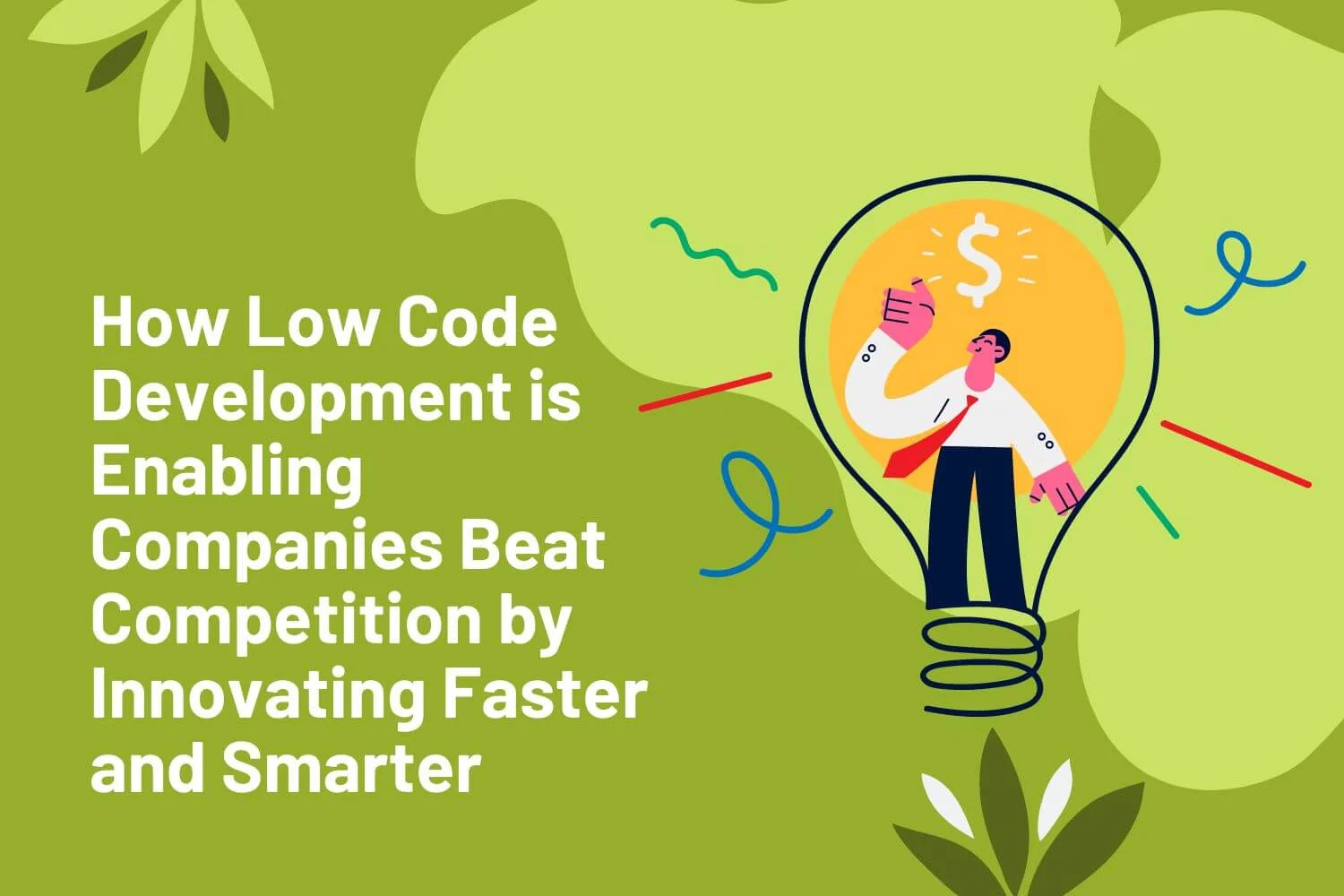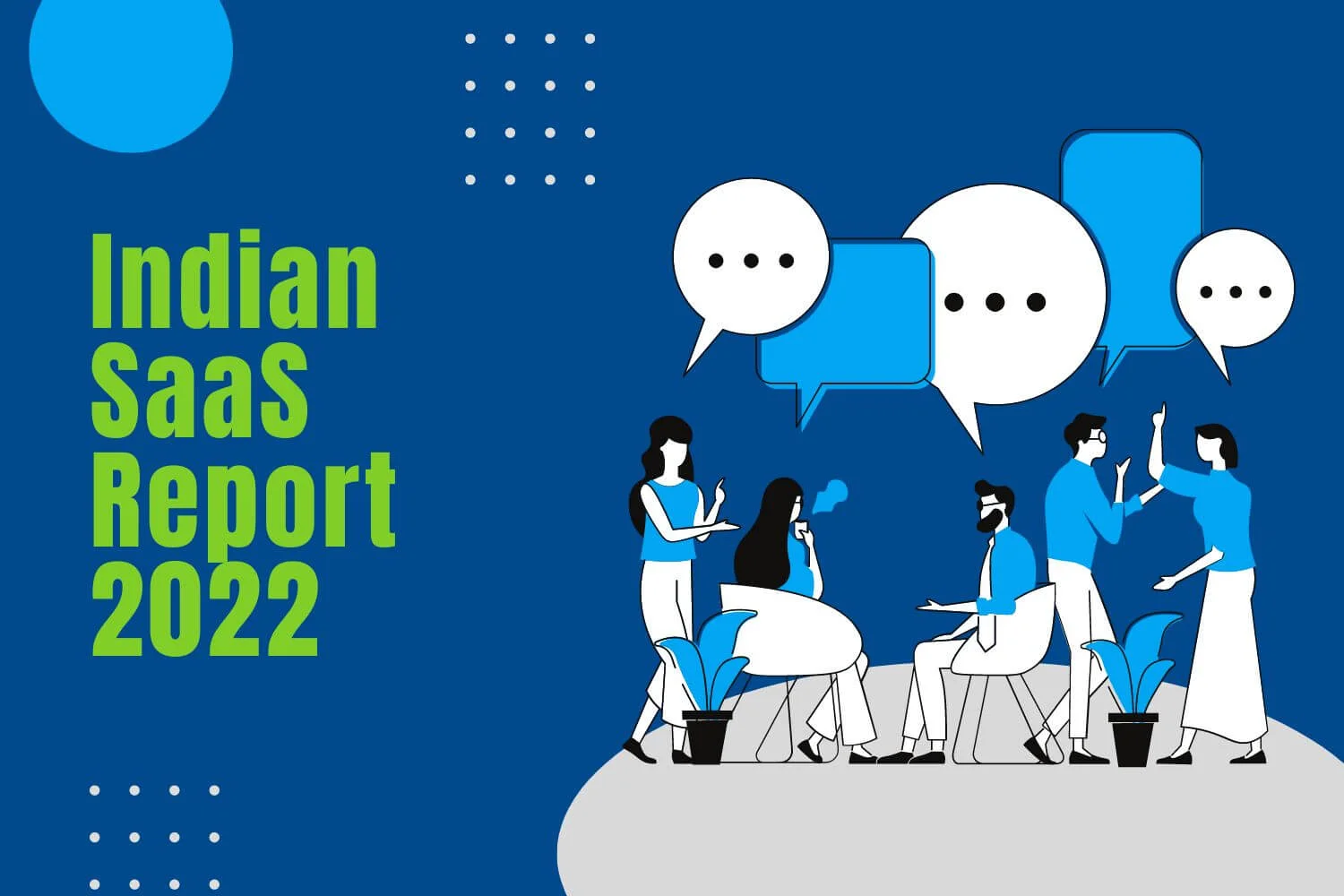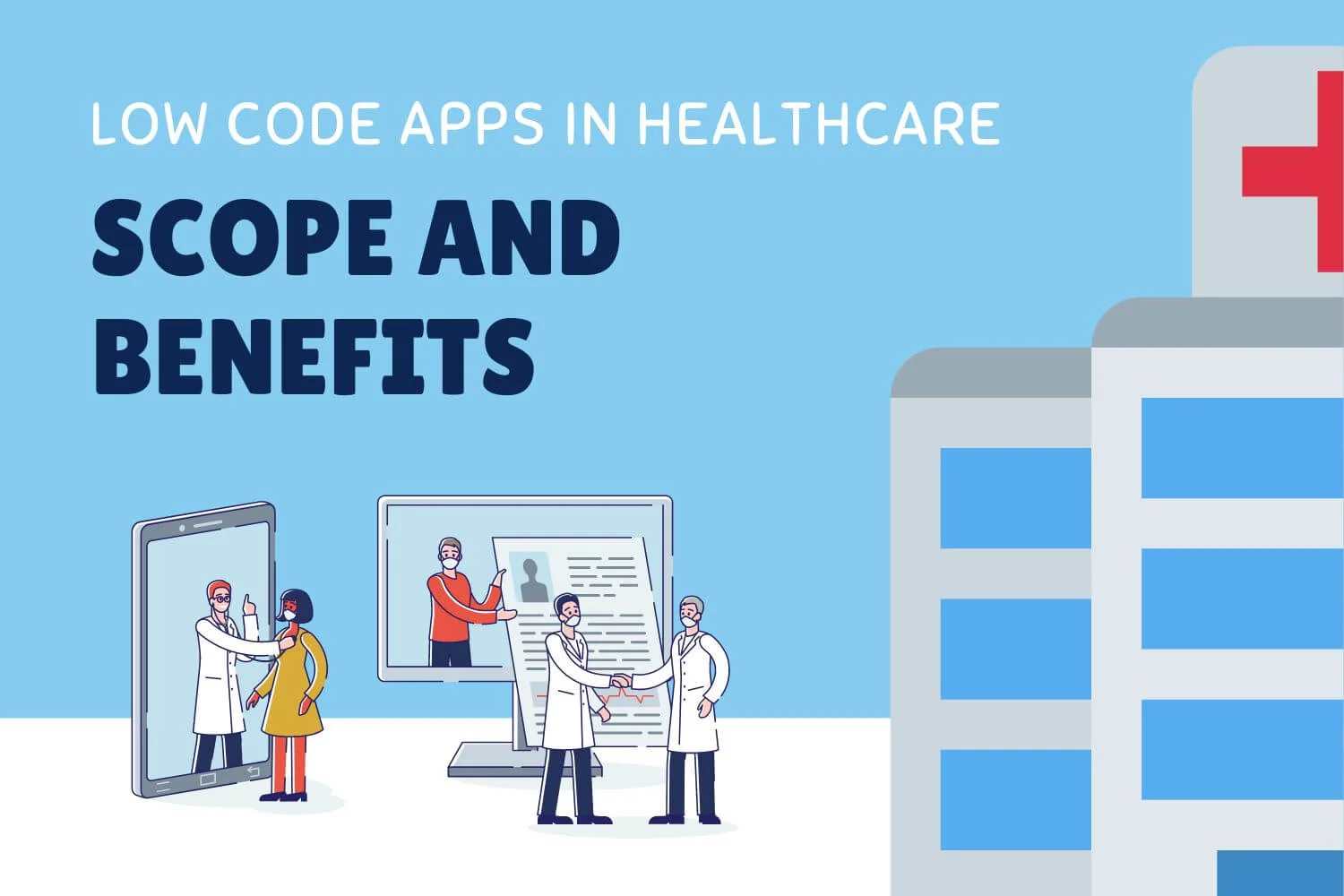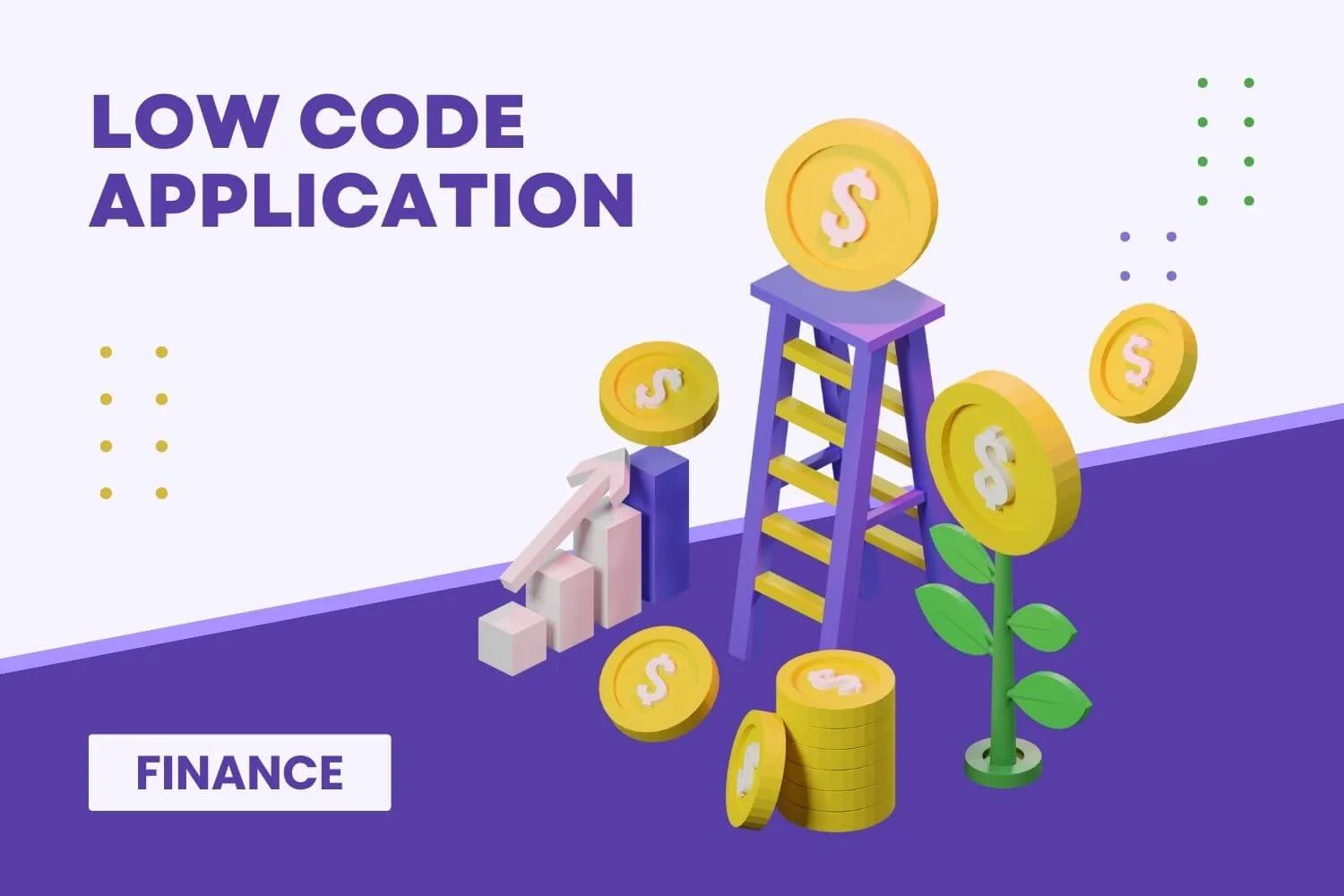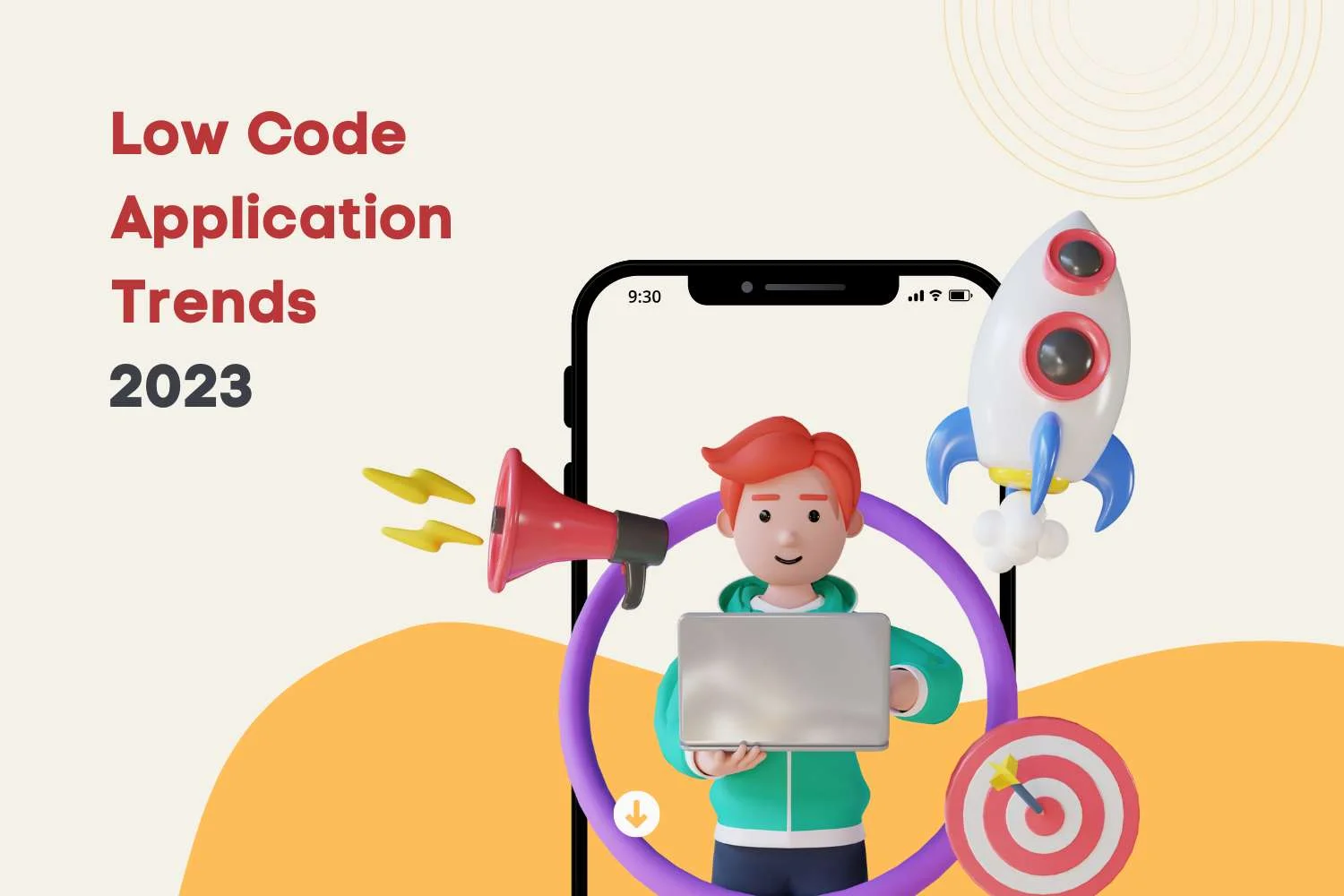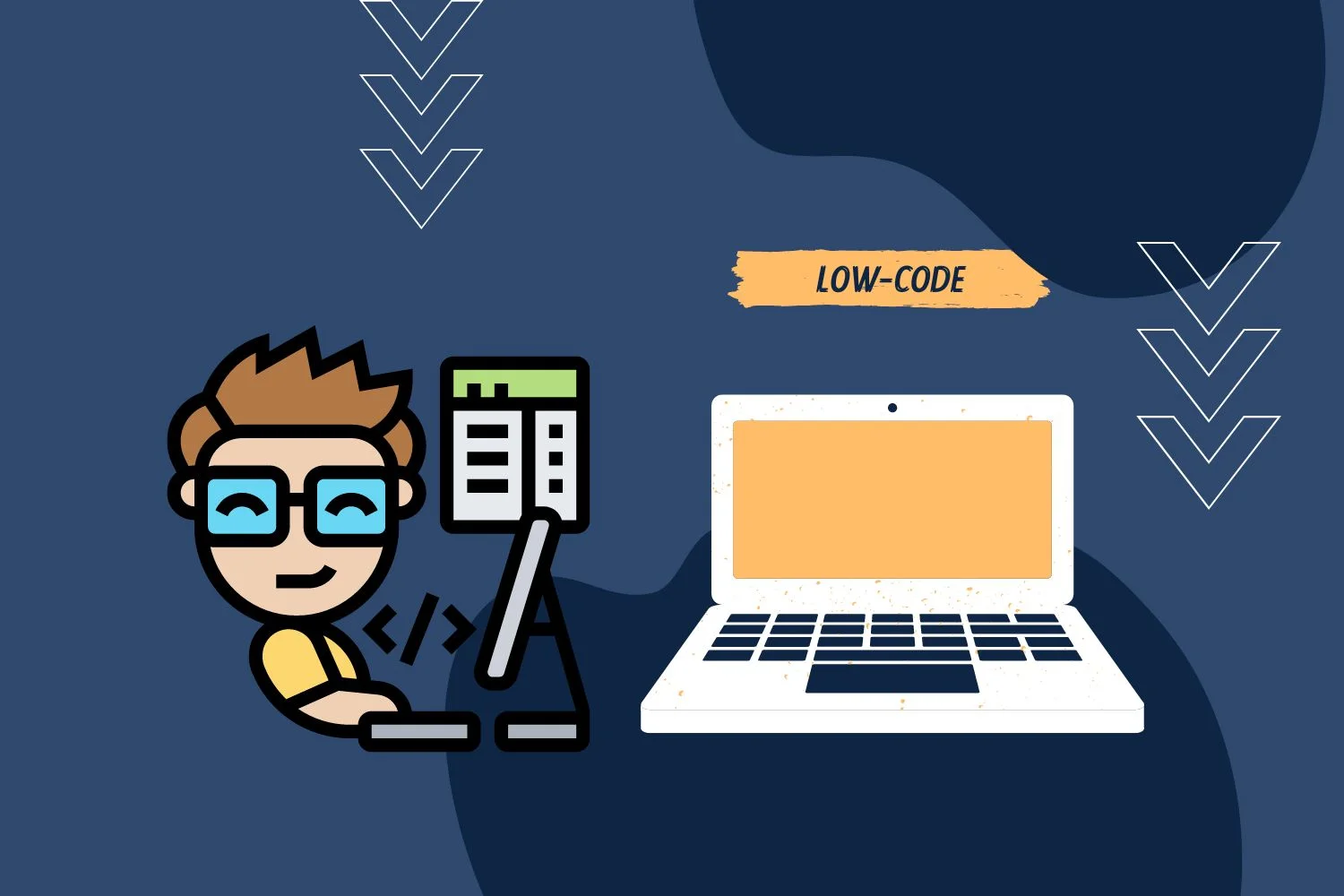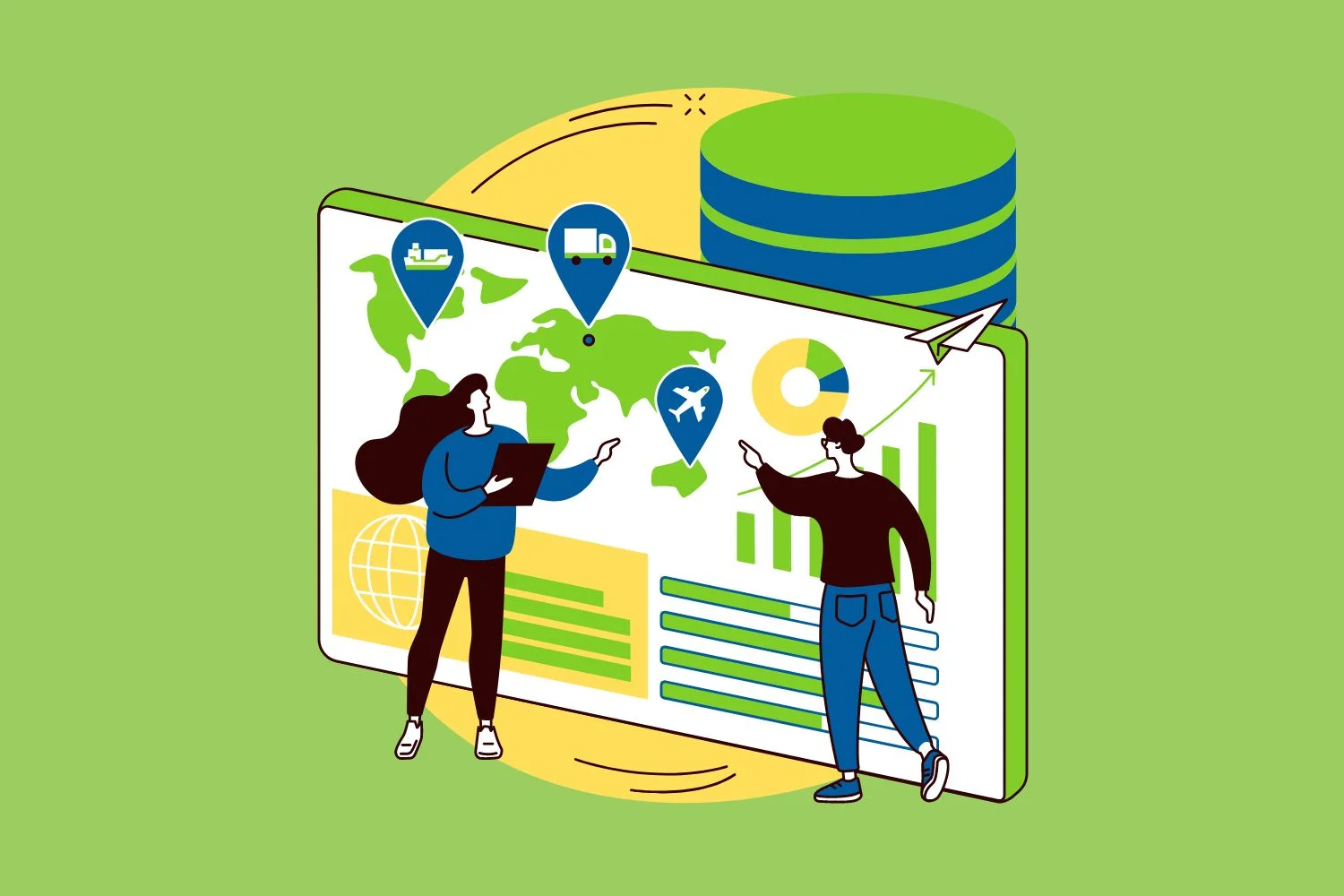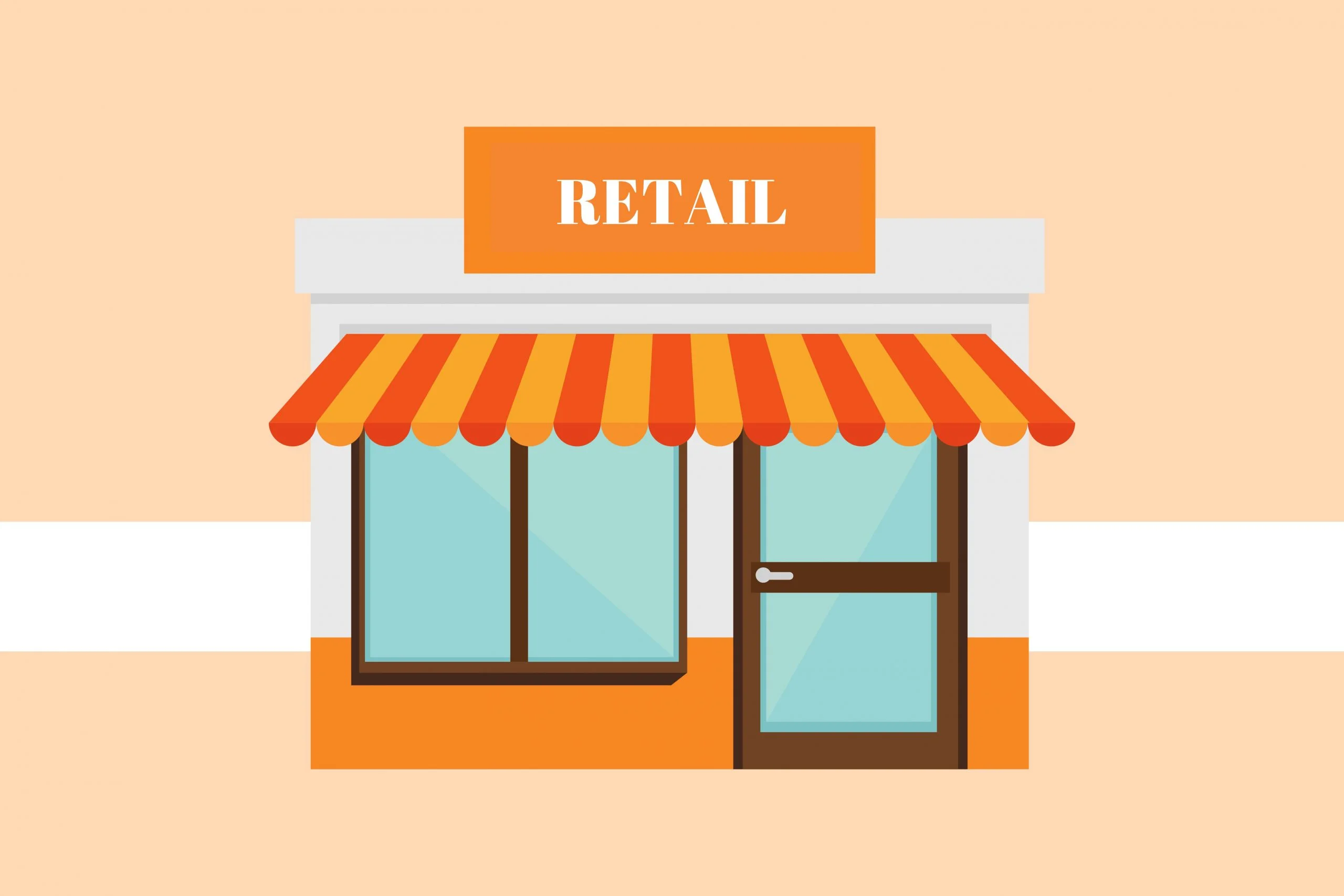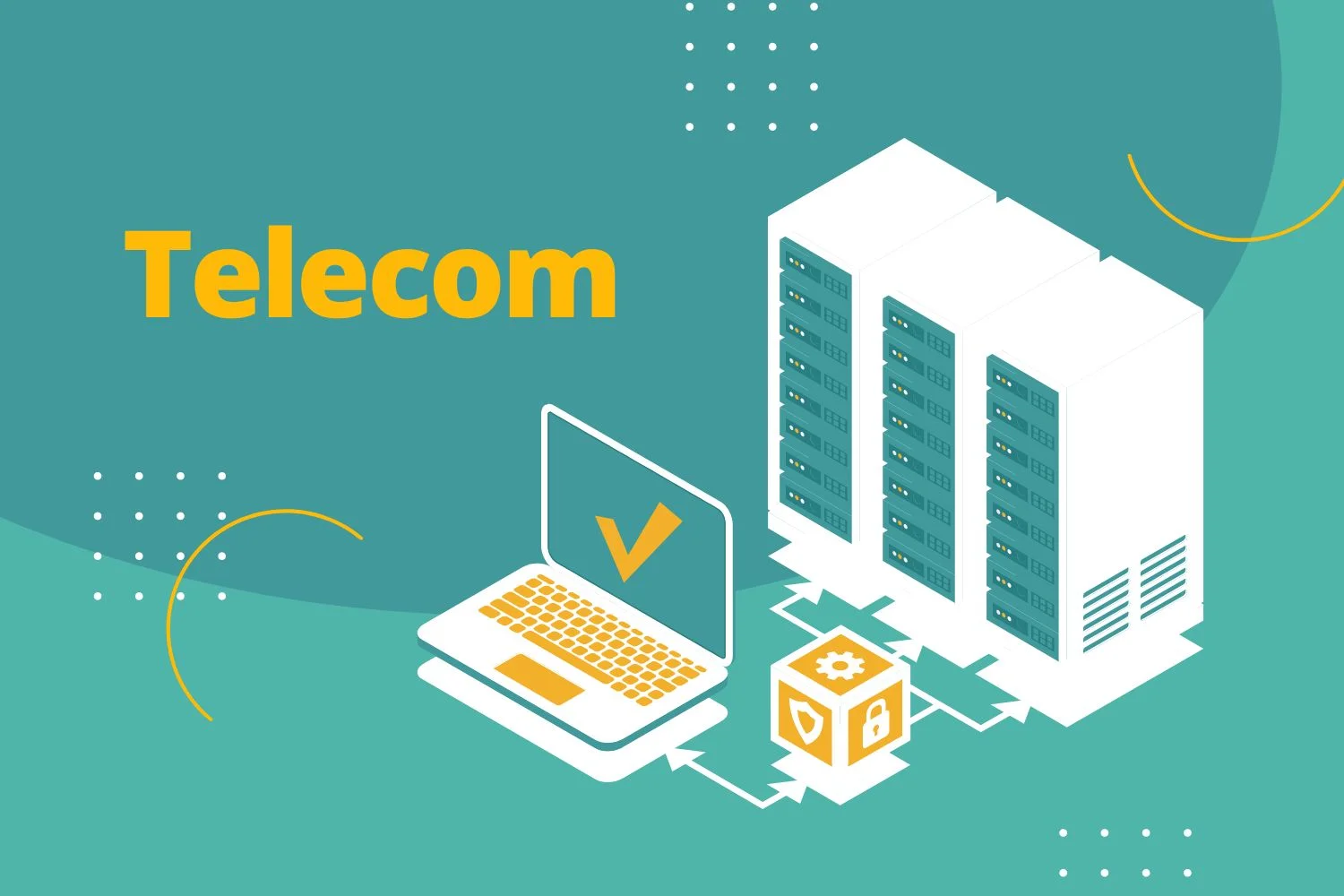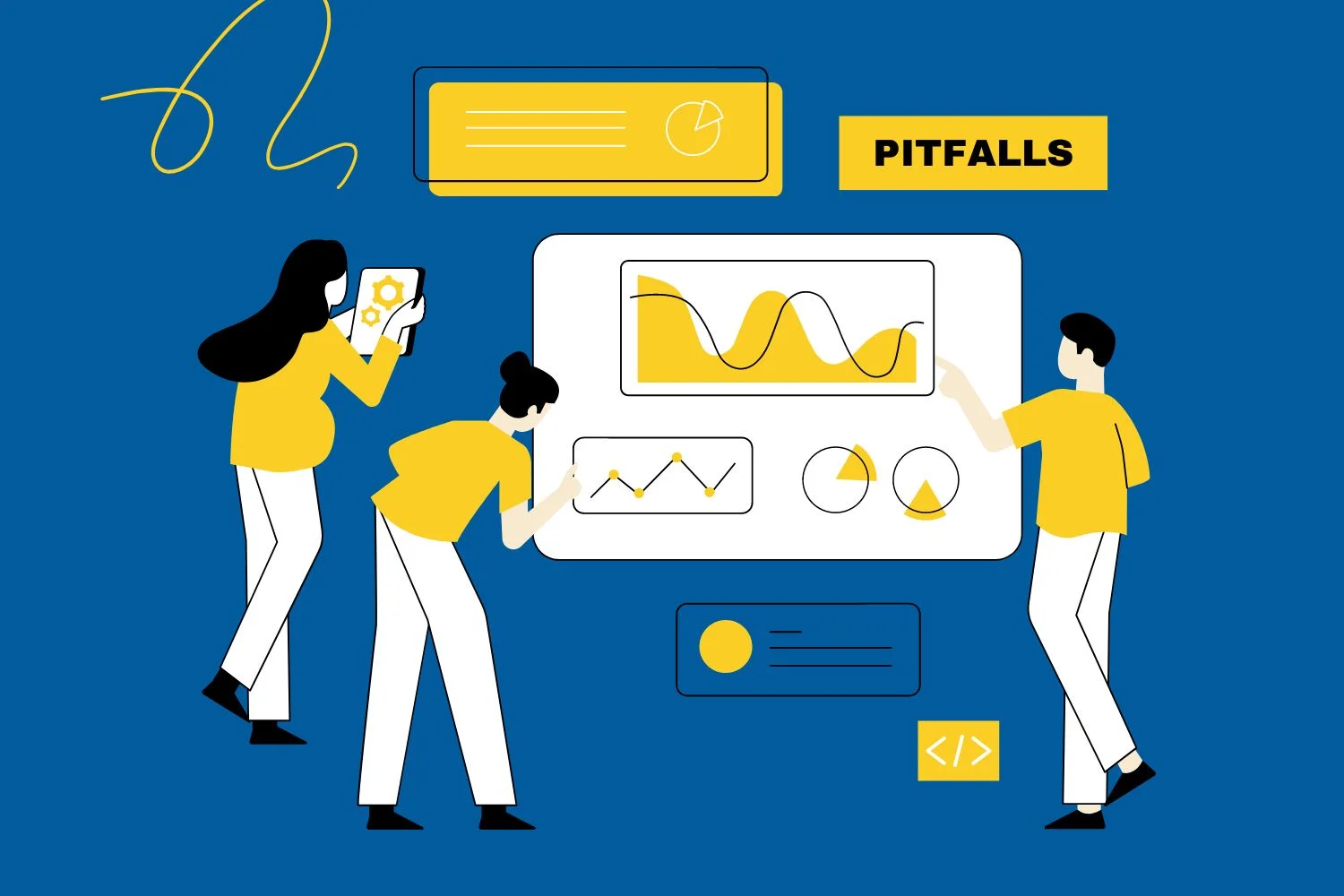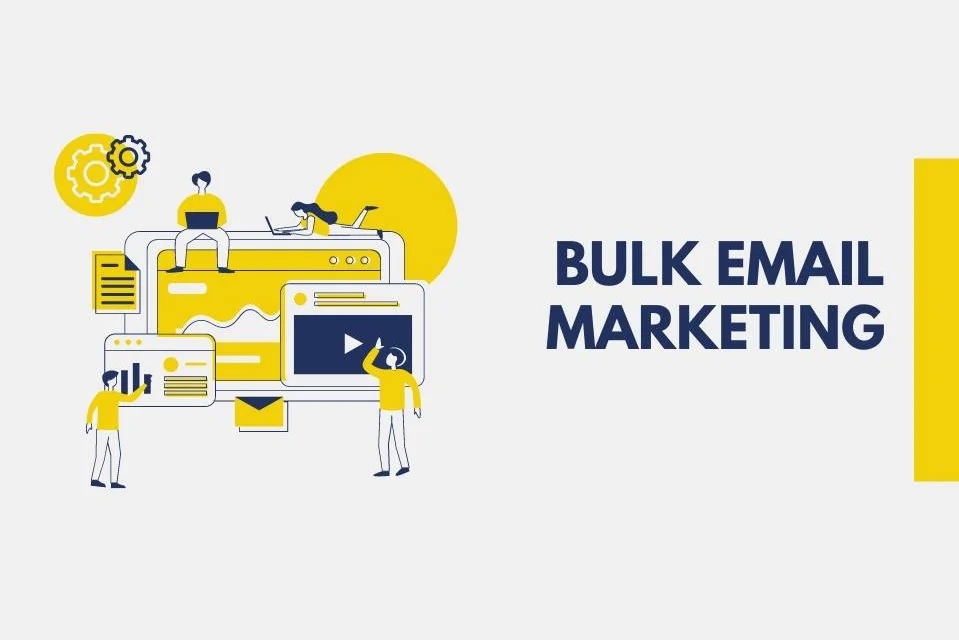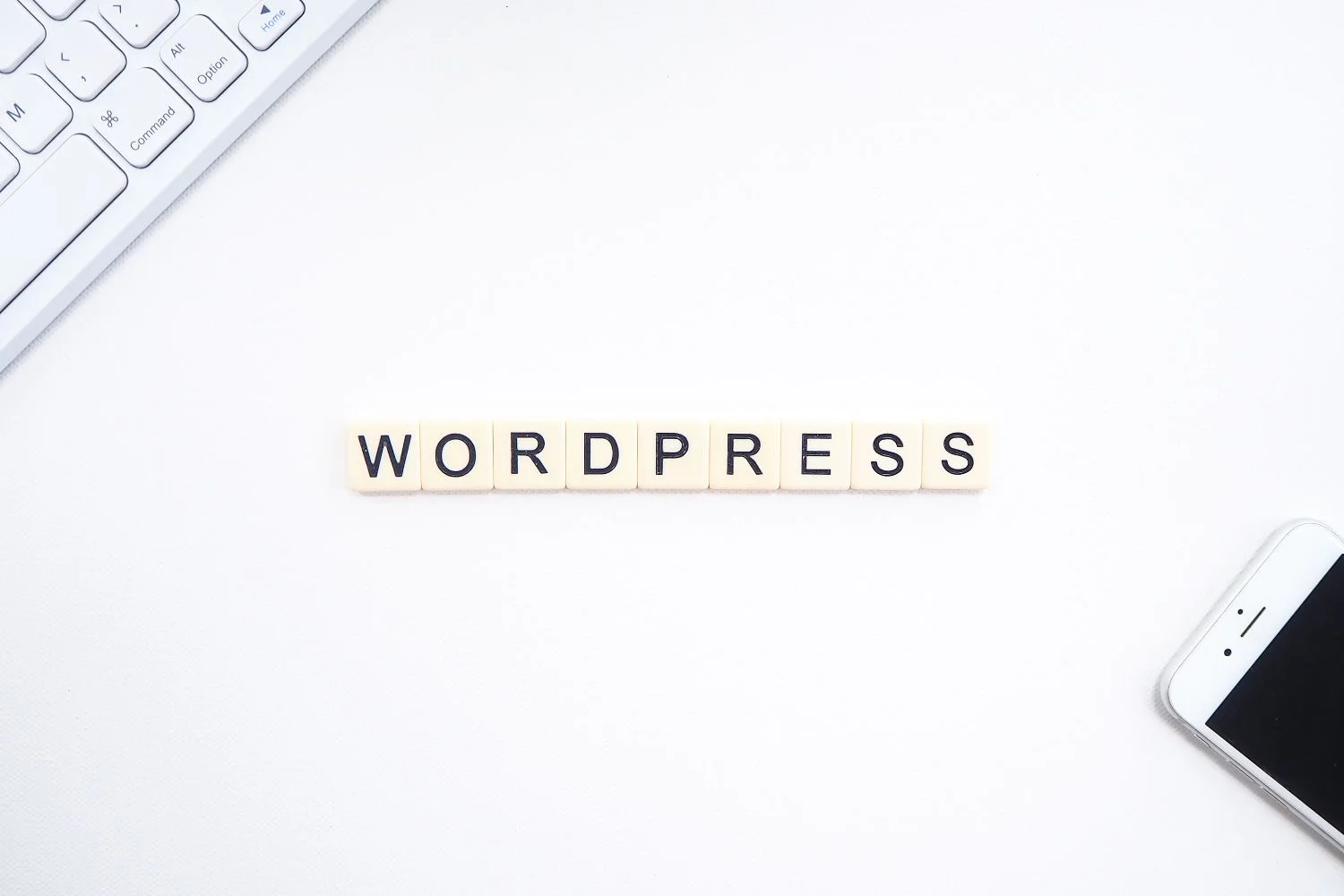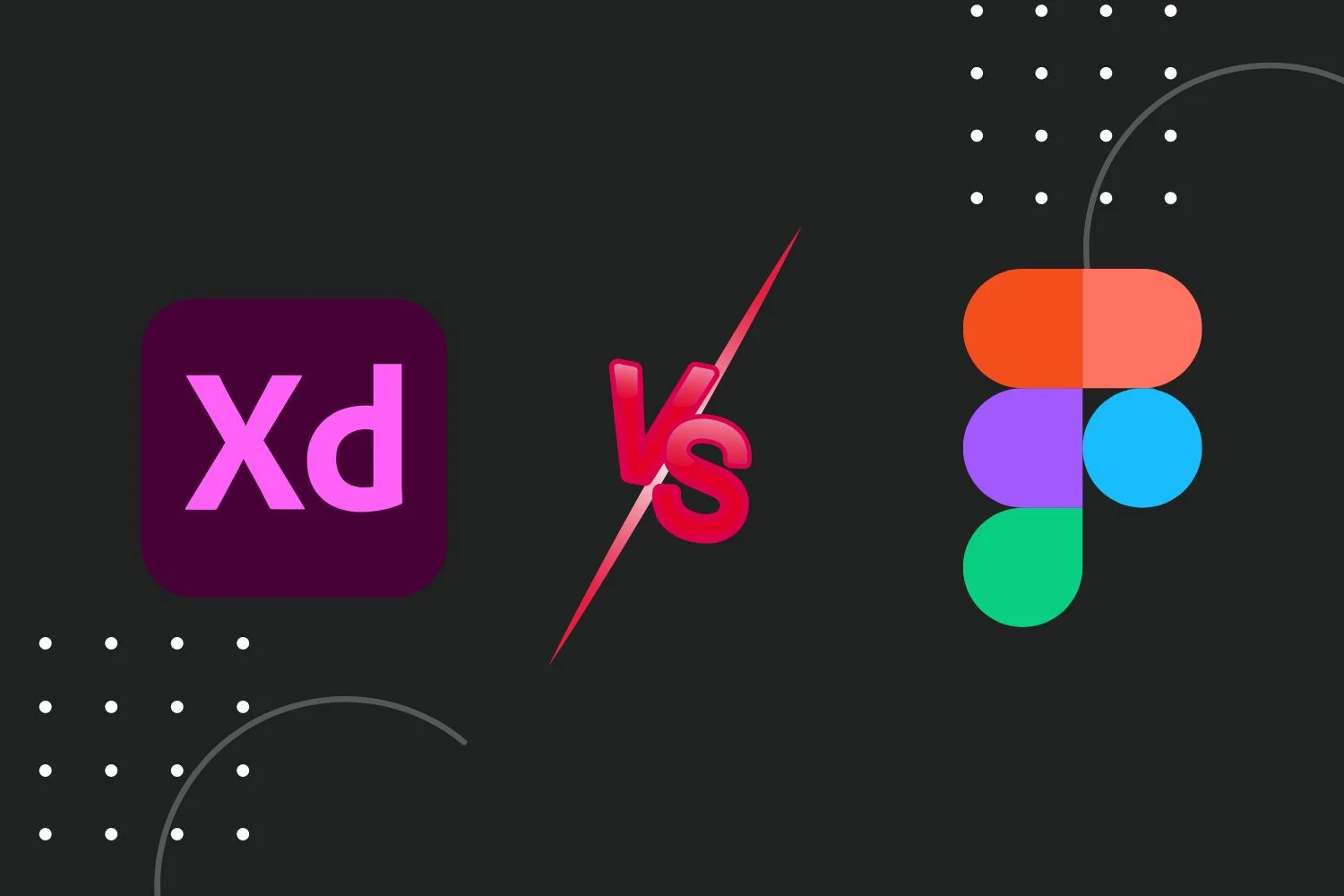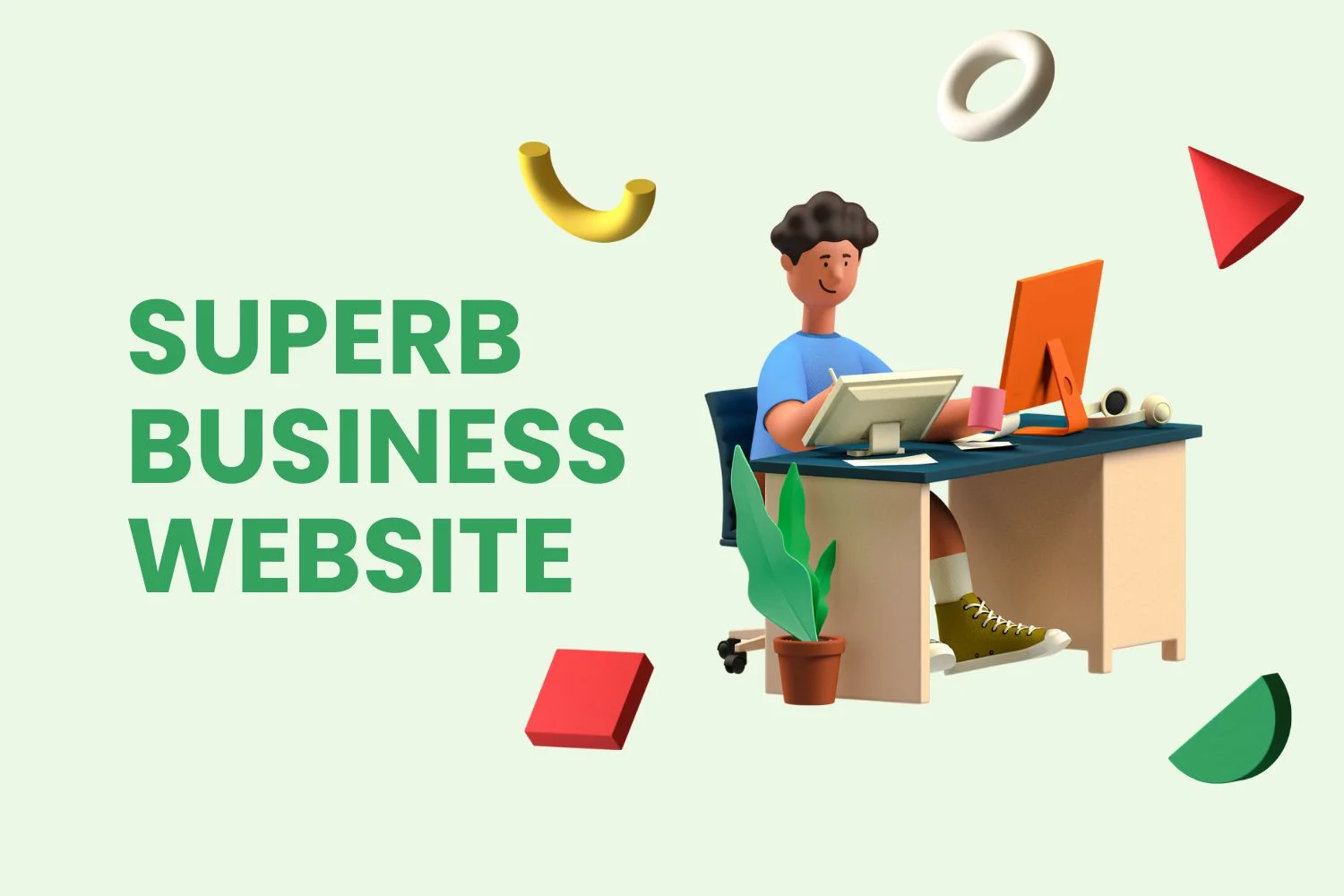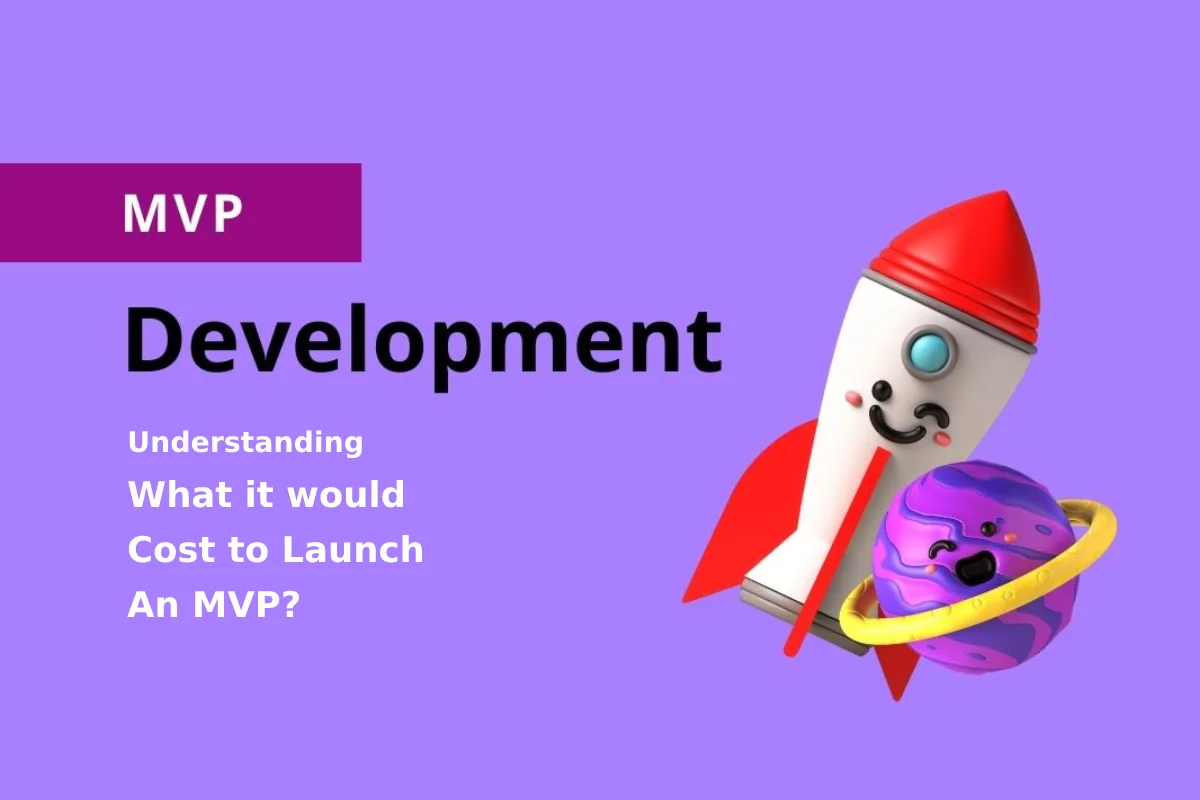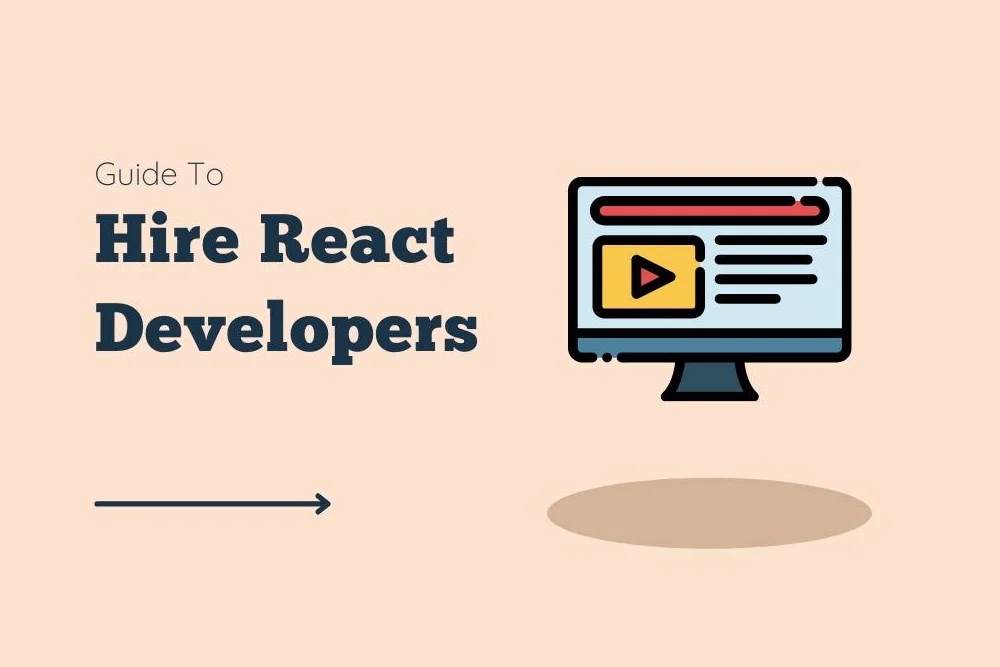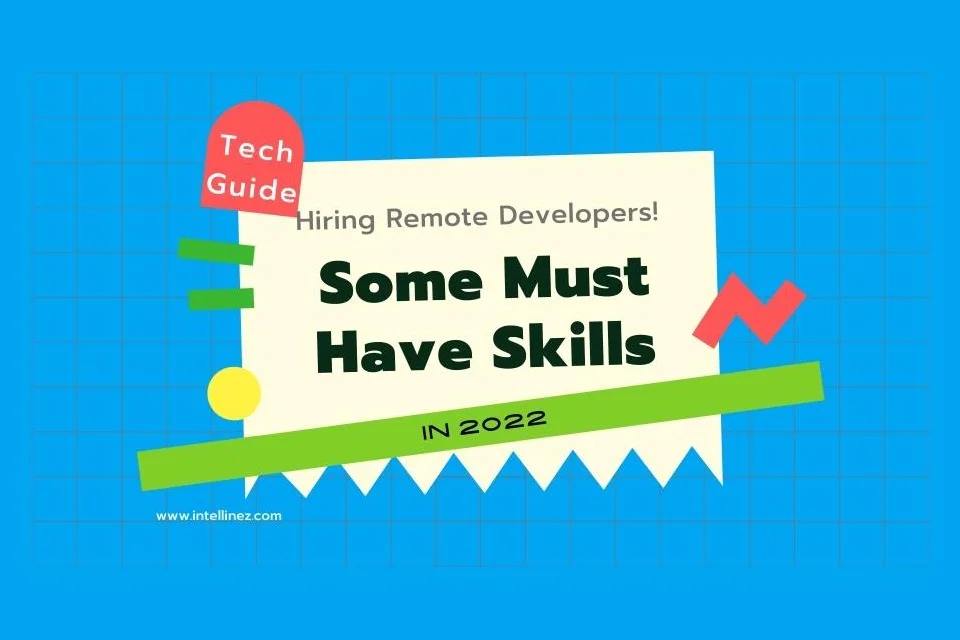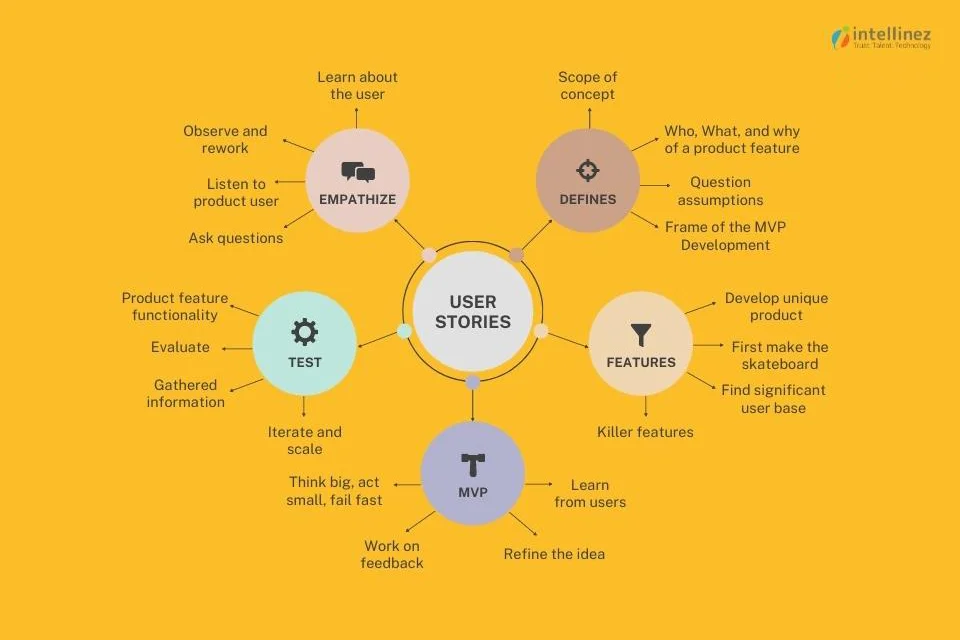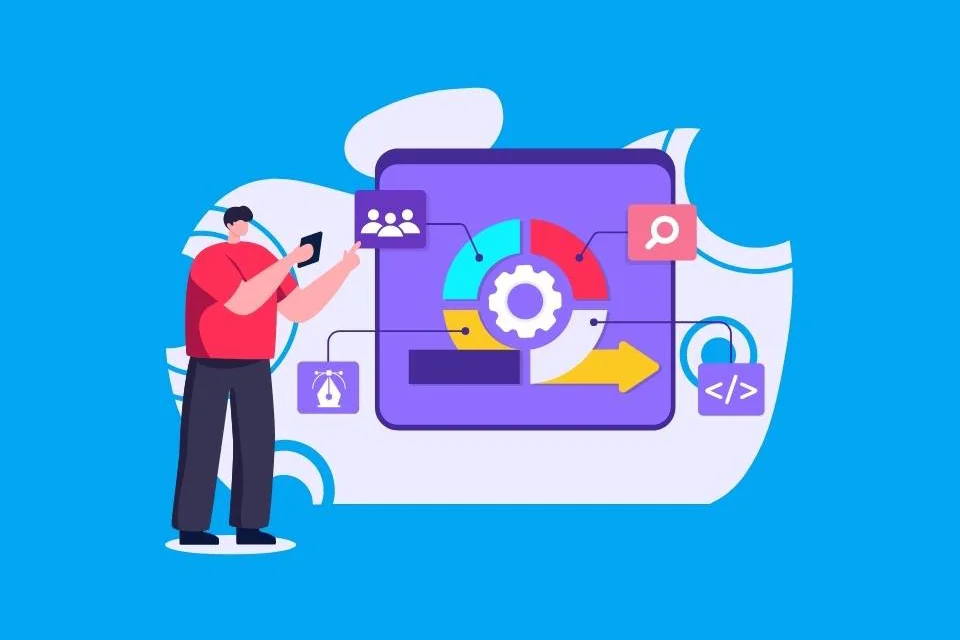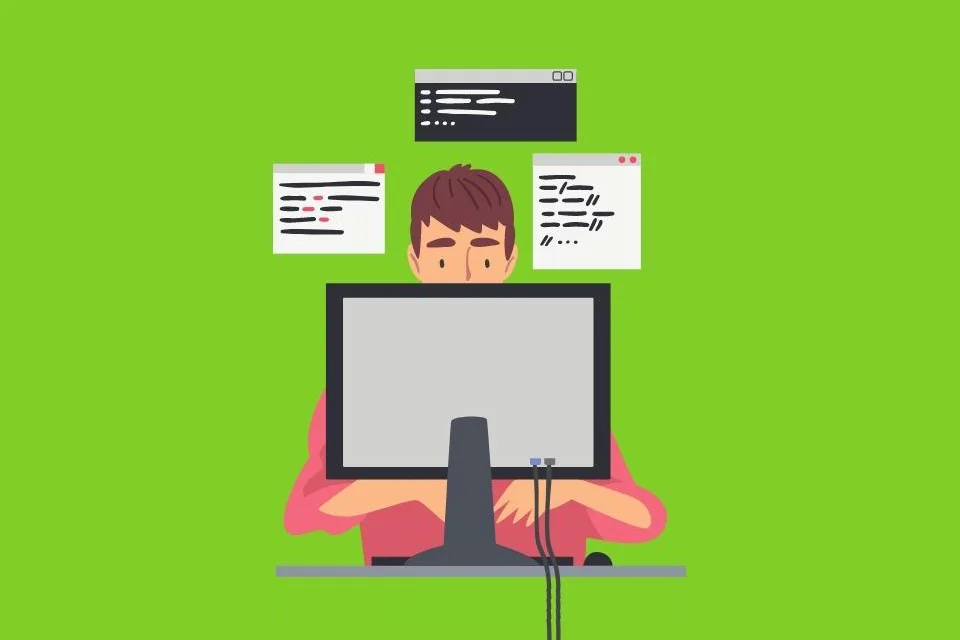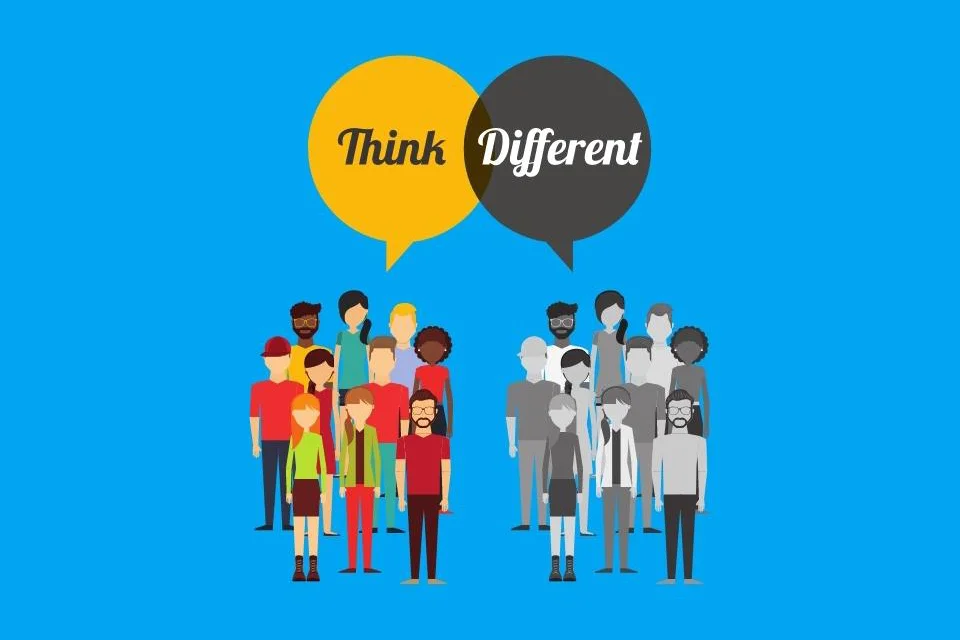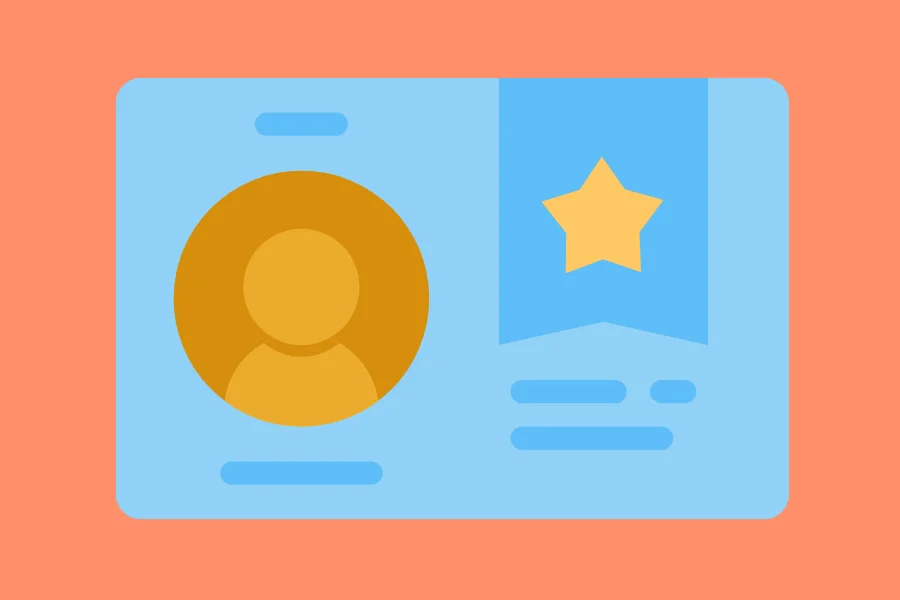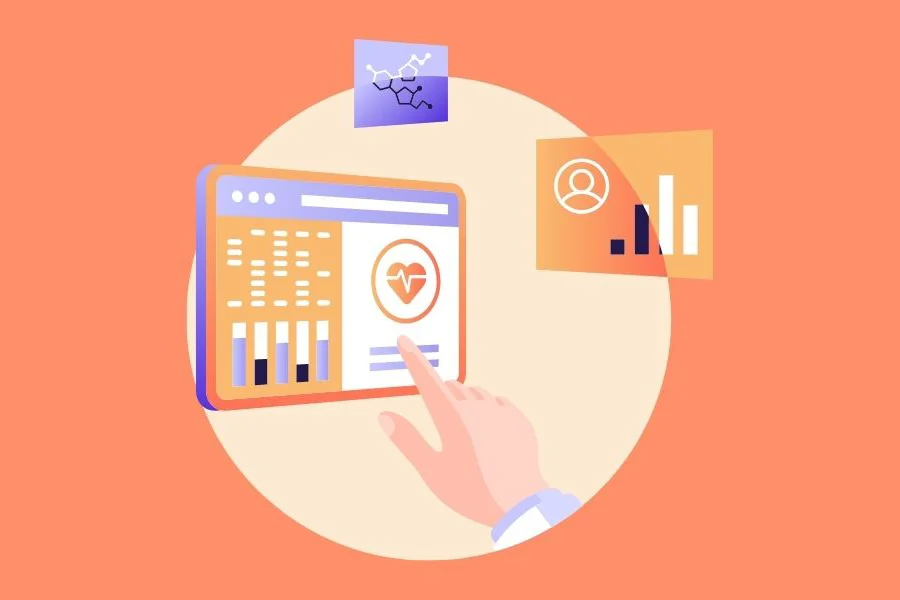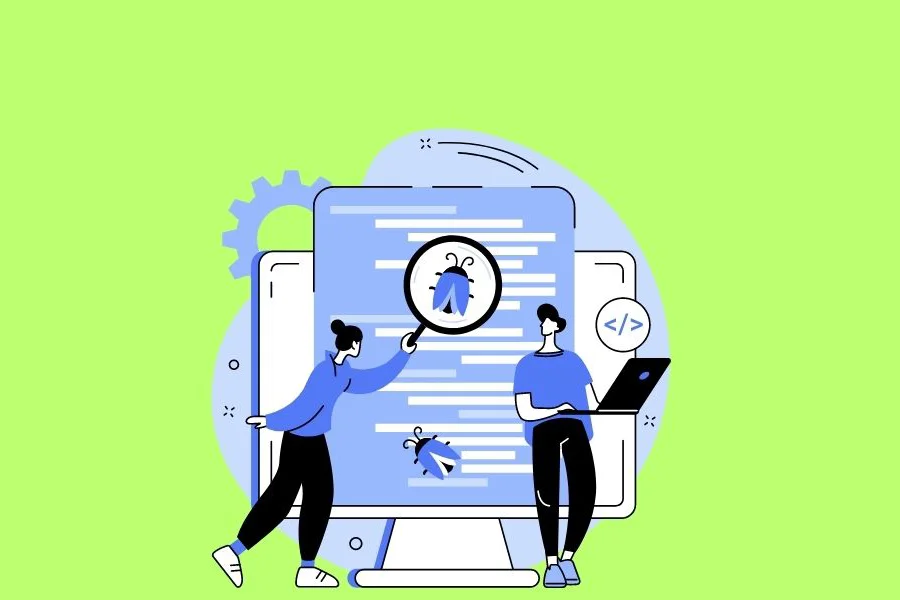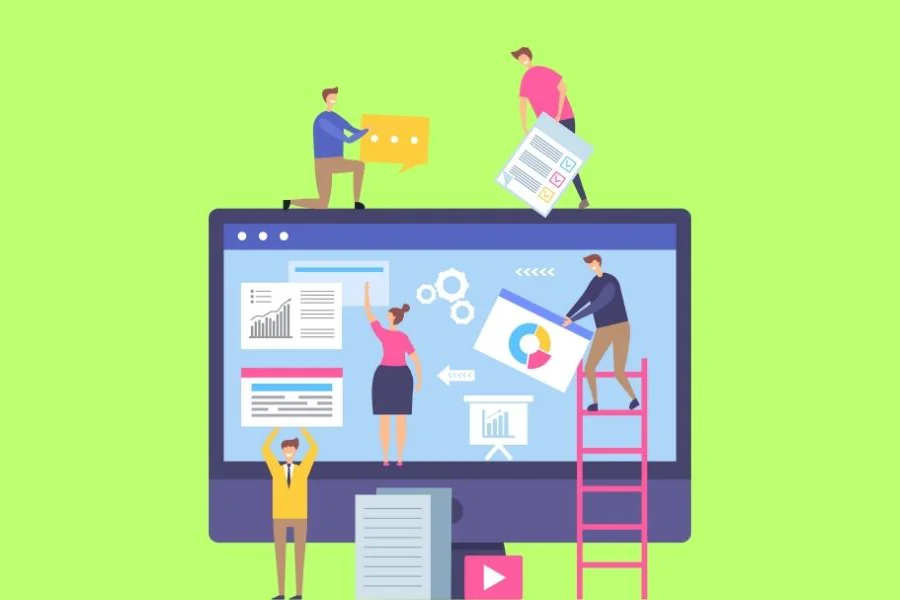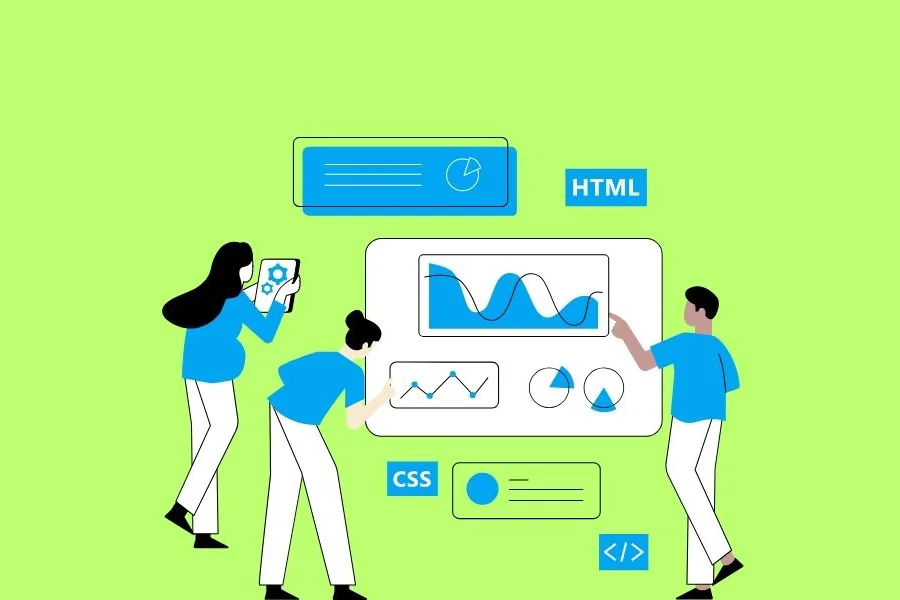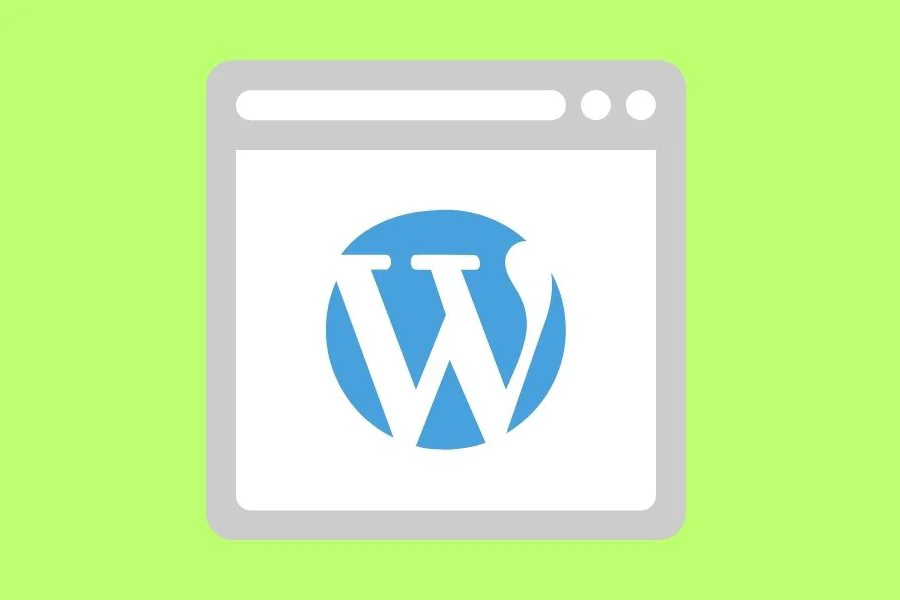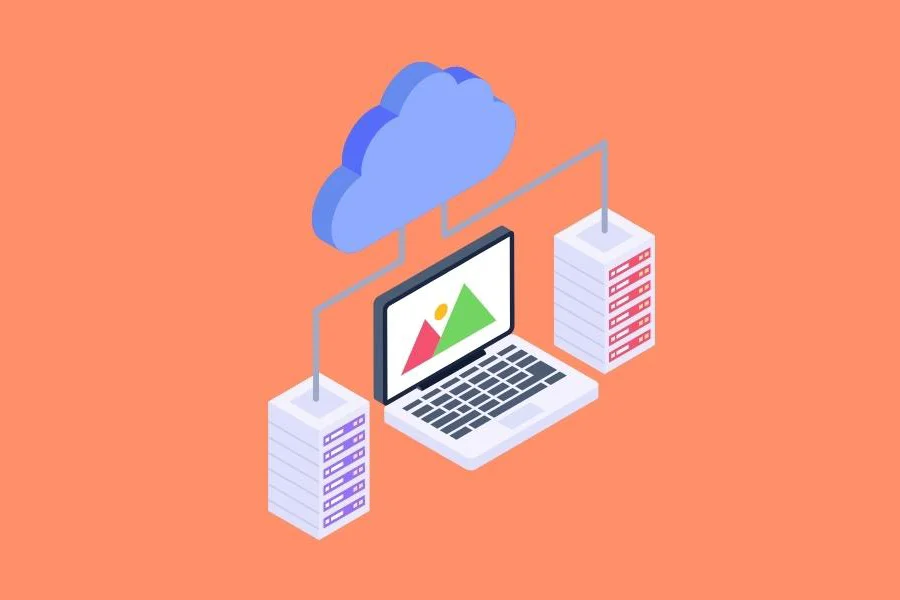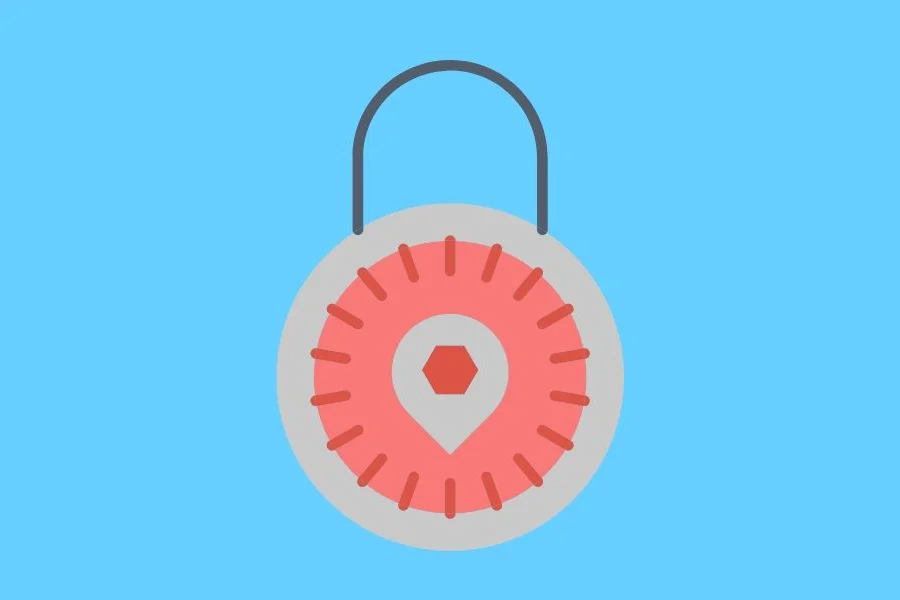- Cracking the Code: How Much SaaS App Development Costs
- An Overview of the SaaS Market: Global Perspectives
- Exploring SaaS Investment Trends Across Industries
- The Important Question: Figuring Out SaaS Development Expenses
- Factors Affecting the Cost of Saas App Development
- SaaS Product Development Cost as per Complexity
- Essential SaaS Features: Paving the Path to Effective Development
- Cost at Different Stages of SaaS App Development
- International Variations in SaaS Development Costs
- How to Reduce SaaS Development Costs
In the contemporary landscape of business and technology, the surging demand for remote cooperation has led to the prominence of services offering cutting-edge software solutions. Among these, Software as a Service (SaaS) applications have taken center stage due to their flexibility, accessibility, and ability to facilitate seamless collaboration across geographical boundaries. As organizations and individuals seek the best software solutions to meet their remote collaboration needs, the creation of SaaS apps has emerged as a potent solution.
Cracking the Code: How Much SaaS App Development Costs
For those aiming to delve into the realm of SaaS app development, the crucial question that arises is: What is the cost of building such a platform? To unearth the answer, you can turn to Intellinez Systems, an experienced player in crafting high-functionality SaaS products. In this article, we will traverse the landscape of SaaS development costs, demystifying the key factors that influence pricing. Moreover, real-world instances spanning operational command, biotechnology, international trade, and accounting will be explored to showcase the practical efficacy of SaaS solutions.
An Overview of the SaaS Market: Global Perspectives
Before delving into the intricacies of SaaS development costs, it’s prudent to examine the broader SaaS market landscape. The global SaaS market is poised for impressive expansion, with projections indicating a growth trajectory that could see it reach a valuation of $328.03 billion by 2027, underpinned by a compound annual growth rate (CAGR) of 6.6%. While this growth potential is captivating, it’s essential to discern the sectors that are most heavily investing in SaaS solutions.
Exploring SaaS Investment Trends Across Industries
The 2022 SaaS Industry Market Report provides insights into the industries that are harnessing SaaS solutions with the greatest fervor. Within the landscape of business, the finance sector leads the charge, with a staggering 86% of businesses intending to amplify their investments in process automation. Close on its heels is the manufacturing sector, where 85% of enterprises are eager to enhance their operational efficiency through SaaS solutions. Notably, the healthcare and transportation sectors are also prominent contenders, with 80% of companies from each domain committed to similar investments.
The Important Question: Figuring Out SaaS Development Expenses
As organizations strive to leverage the advantages of SaaS applications, a pivotal question arises: What are the variables that impact the cost of developing a SaaS platform? Unveiling the intricacies of this inquiry requires a multi-faceted exploration of the numerous factors that exert varying degrees of influence on the overall pricing structure. While attempting to distill this complex process into a straightforward answer may prove challenging, it’s feasible to provide an insightful overview of the pivotal considerations that shape SaaS development costs.
Factors Affecting the Cost of SaaS App Development
Several core factors intersect to delineate the cost of SaaS development:
- Scope of the SaaS App
The initial decision to make pertains to the scope of the SaaS application. Will it function as a comprehensive platform or a targeted tool? This distinction significantly impacts the development cost and timeframe, with platforms catering to a broader audience and necessitating more intricate features.
- Features and Functionality
The features integrated into the SaaS app profoundly affect its development cost. Each additional feature introduces a layer of complexity, necessitating careful consideration of the essentials and prioritization.
- API Integration
The decision between leveraging existing APIs and developing backend functionalities from scratch is pivotal. API integration offers a cost-effective alternative but demands vigilant selection to align with the app’s purpose.
- Platform Selection
The choice between web and mobile platforms depends on the app’s objectives and target audience. Although catering to multiple platforms may be appealing, it escalates costs and complexity.
- Technological Decisions
The technology stack chosen for the SaaS app significantly influences development costs. Prudent selection based on the app’s requirements can optimize expenses.
- Timelines and Deadlines
Setting realistic timelines is essential. While expediting development may entail additional costs, delays can also impact the budget due to prolonged development cycles.
- Additional Expenditures
Ancillary expenses, including backend-as-a-service (BaaS) adoption, security measures, and legal licensing, contribute to the overall budget.
SaaS Product Development Cost as per Complexity
At the heart of SaaS app development lies the pivotal choice between platform and tool functionalities. Each bears distinct characteristics, serving different purposes and catering to varied audiences. Platforms encompass broader functionalities and serve a diverse user base, akin to large-scale services like Facebook. Conversely, tools address specific problems and offer focused solutions. Delving into SaaS application complexity, a spectrum of options emerges:
- Micro SaaS: Estimated Cost: $10,000 – $25,000
- Basic SaaS: Estimated Cost: $25,000 – $50,000
- Average SaaS: Estimated Cost: $50,000 – $150,000
- Complex SaaS: Estimated Cost: $150,000 – $500,000
Essential SaaS Features: Paving the Path to Effective Development
The features integrated into a SaaS app are its foundation, serving as the pillars upon which its utility and value rest. While these features can vary depending on the app’s objectives, several core functionalities are intrinsic to most SaaS applications:
- User Management and Permissions
Robust user management capabilities, encompassing registration, login, profile management, and role-based access controls, are vital for user engagement and security.
- Analytical Tools
The integration of data analytics, metrics, charts, and graphs empowers users with insights. AI-infused analytical tools enhance data quality and user experience.
- Security Measures
SaaS applications dealing with sensitive data require advanced security measures, including audit trails and compliance frameworks, to ensure data integrity.
- Communication Tools
Features enabling communication, from chat and notifications to document sharing and storage, enhance collaboration within the SaaS ecosystem.
- Billing and Account Management
Functionality facilitating payment management, subscription tracking, and account management ensures a seamless user experience.
- API Integration
API integration streamlines data exchange and processing, reducing development complexity and costs while enhancing scalability.
- Platform Selection
Choosing between web and mobile platforms impacts user experience and development costs. Initiating development on a single platform before expanding optimizes expenditure.
Cost at Different Stages of SaaS App Development
SaaS app development unfolds through distinct phases, each with its associated costs. These stages provide a roadmap for prospective developers to navigate the journey of crafting a robust SaaS platform:
- Validation and Planning (40–250 hours)
At this nascent stage, feedback gathering, goal definition, and MVP creation lay the groundwork for the development journey. MVP development allows for viability assessment.
- Creating MVP or POC (300 hours or more)
The development of an MVP or Proof of Concept (POC) serves as a litmus test for the app’s potential. Its creation demands dedicated resources and time. The cost typically ranges from $30,000 to $60,000.
- UI/UX Design (120–250 hours)
The design phase orchestrates the visual and experiential elements of the app. User-centric design enhances usability and engagement. The average cost for UI/UX design falls between $3,000 and $6,000.
- Front-end Development (400–600 hours)
Front-end development shapes the app’s interface and user interactions. The choice between in-house, outsourced, or freelancer engagement influences costs. The estimated cost for front-end development ranges from $10,000 to $40,000, factoring in an average developer rate of $35 to $80 per hour.
- Back-end Development (up to 800 hours)
The backbone of the app, back-end development, can be optimized through BaaS integration. Back-end development costs hinge on complexity and functionality. Considering an average developer rate of $30 to $70 per hour, the cost for back-end development is estimated to be between $18,000 and $60,000.
- Project Management and Maintenance
Post-launch, continuous improvements, bug fixes, feature additions, and user support are crucial for app vitality. A robust project management approach ensures long-term success.
In summary, the SaaS product development process can be broken down into several phases:
- MVP Development and Cost Planning: $30,000 – $60,000
- UI/UX Design: $3,000 – $6,000
- Front-End Development: $10,000 – $40,000
- Back-End Development: $18,000 – $60,000
These phases collectively ensure the creation of a successful and functional SaaS product, with costs varying based on complexity, features, and development approach.
International Variations in SaaS Development Costs
The location and type of development team substantially influence the financial dimensions of SaaS app development. Factors like hourly rates, expertise, and communication dynamics intersect to create diverse cost structures. The decision between in-house and outsourced development can significantly impact expenses:
- North America (US, Canada): Hourly Rate Range: $31–$49
- Western Europe (France, Germany, UK, Sweden): Hourly Rate Range: $26–$44
- Eastern Europe (Ukraine, Poland, Hungary, Czech Republic): Hourly Rate Range: $19–$38
- South America (Argentina, Brazil, Chile, Colombia): Hourly Rate Range: $10–$30
- Asia (Philippines, India, Japan, China): Hourly Rate Range: $12–$23
- Australia: Hourly Rate Range: $30–$46
How to Reduce SaaS Development Costs
In the dynamic landscape of software-as-a-service (SaaS) development, cost efficiency plays a pivotal role in determining the success and viability of a product. Organizations are constantly seeking strategies to optimize their development processes while minimizing expenses. This article explores several techniques that can be employed to effectively reduce SaaS development costs.
Optimizing Team
One of the cornerstones of cost-effective SaaS development is a well-optimized team structure. Careful consideration of team size, skill distribution, and collaboration processes can significantly impact the development timeline and associated expenses. Fostering cross-functional collaboration, employing agile methodologies, and adopting efficient communication tools streamline workflows, reduce redundancy, and enhance productivity.
Moreover, implementing a blend of in-house and remote talent can provide flexibility in resource allocation, tailoring the team size to the project’s specific needs and thus curbing unnecessary expenses.
Using Third-party Services
Leveraging third-party services and APIs (Application Programming Interfaces) can dramatically cut down development costs and time-to-market. These services offer pre-built functionalities, eliminating the need for building certain components from scratch. Integrating payment gateways, authentication systems, analytics tools, and cloud storage services through APIs not only accelerates development but also minimizes maintenance efforts.
However, careful evaluation of the compatibility, security, and long-term viability of these services is essential to ensure seamless integration and a dependable user experience.
Flexibility with Hosting
SaaS applications often experience varying levels of traffic throughout their lifecycle. Opting for flexible hosting solutions that can dynamically adjust resources based on demand can significantly impact cost-efficiency.
Cloud platforms like Amazon Web Services (AWS), Microsoft Azure, and Google Cloud offer scalable infrastructure options that allow developers to pay only for the resources they consume. This eliminates the need to invest in expensive fixed hardware setups and provides the agility to adapt to changing user requirements without incurring unnecessary costs.
Outsourcing
Outsourcing specific development tasks or components to external vendors or freelance experts can be a prudent cost-saving strategy. By tapping into a global talent pool, organizations can access specialized skills without the long-term commitment and overhead costs associated with full-time employees. However, effective vendor selection, clear communication, and strong project management are imperative to ensure successful outcomes and avoid potential pitfalls.
Conclusion
In the quest to determine the cost of SaaS app development, the journey traverses an intricate landscape of factors, stages, and considerations. By selecting the appropriate functionalities, wisely navigating the development phases, and partnering with a seasoned developer like Intellinez , the prospect of crafting a successful SaaS application becomes feasible.
For those embarking on this transformative journey, the path ahead is marked by potential challenges and unparalleled opportunities for innovation. With meticulous planning, diligent execution, and a clear understanding of the financial dimensions, the creation of a robust SaaS app is within reach. As the digital era continues to shape the future of business and collaboration, SaaS applications stand poised to empower organizations and individuals with the tools needed to thrive in the modern landscape.
The Advantages of Choosing Intellinez as Your SaaS Development Partner
Intellinez Systems, with its ample years of experience in developing intricate software solutions, emerges as a stalwart partner for those seeking to embark on SaaS app development journeys. The organization’s extensive portfolio spans diverse sectors, with notable achievements in healthcare, fintech, supply chain, retail, risk management, and business automation. Contact us to know more.
Soumya Mishra
Technology Leader proficient in engineering and execution of enterprise-level IT projects and providing support services on the same. Possesses the ability to set functional and technical strategies, converting them to an achievable plan of action, and driving them to realize and achieve customer success. Passionate leader believing in leading by example, possessing strong problem-solving skills and a can-do attitude. Adept at handling cross-functional teams across the globe and motivating them to achieve outstanding and sustainable results to meet organizational goals and objectives! Guiding Quote – “Every job is a self-portrait of the person who did it, Autograph your work with excellence”














